Are you a real history buff and are you looking for the best history museums to visit in Brazil? These are the ones:
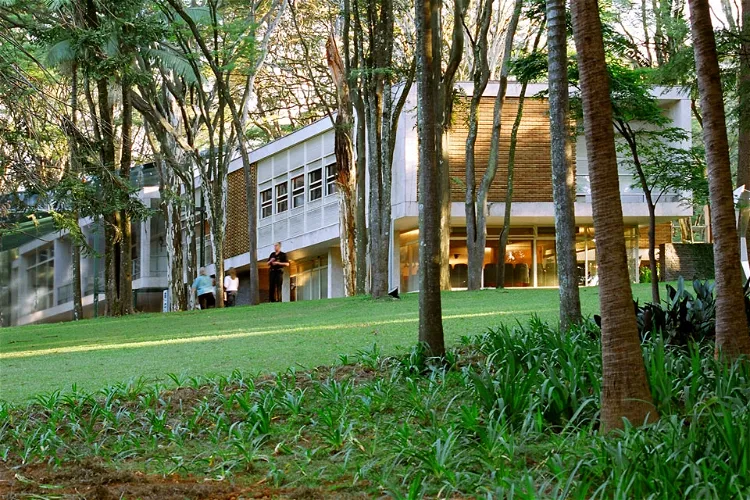
Maria Luisa and Oscar Americano Foundation
São PauloThe Maria Luisa and Oscar Americano Foundation is situated in the city of São Paulo, specifically at Morumbi 4077, right across from the Palácio dos Bandeirantes. This location was once the residence of a couple who donated it to the city as a place of leisure and culture. It is now a significant cultural and leisure space in the city.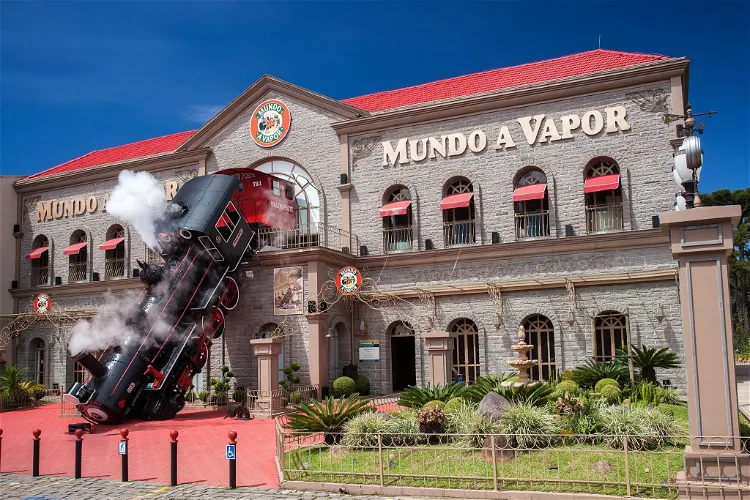
Steam World Museum
CanelaMundo a Vapor is a unique theme park situated in Canela, Rio Grande do Sul, Brazil. The park offers visitors an opportunity to explore replicas of various machines that were once powered by steam. These include a paper factory, a pottery, and a blacksmith, among others. This provides a fascinating insight into the industrial history and the role of steam power in the past.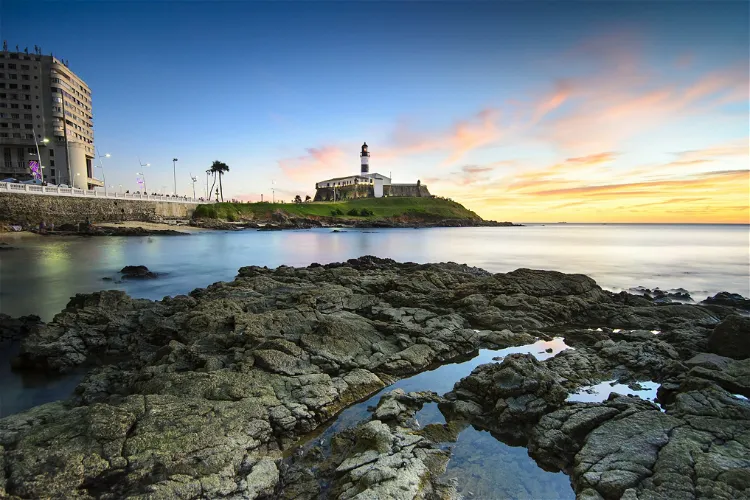
Barra Lighthouse
SalvadorThe Barra Lighthouse, also known as the Santo Antônio Lighthouse, is a significant landmark located in Salvador, Bahia, Brazil. It is situated at the entrance of the Bay of All Saints, offering a strategic viewpoint of the surrounding area. This location makes it a popular spot for tourists who are interested in exploring the historical and natural beauty of Salvador.
Royal Portuguese Reading Room
Rio de JaneiroThe Royal Portuguese Cabinet of Reading, a library and lusophone cultural institution, is situated at Luís de Camões Street, number 30, in the heart of Rio de Janeiro, Brazil. This location makes it easily accessible for tourists visiting the city center.
Sambadrome Marquês de Sapucaí
Rio de JaneiroThe Sambodrome Marquês de Sapucaí, also known as Sambódromo da Marquês de Sapucaí or simply 'sambodrome', is a significant location in Rio de Janeiro, Brazil. This avenue, surrounded by grandstands, is the venue for the parade of the best samba schools during the city's famous Carnival. It's a vibrant and lively place where the spirit of the Carnival comes alive, with samba schools showcasing their talent and creativity.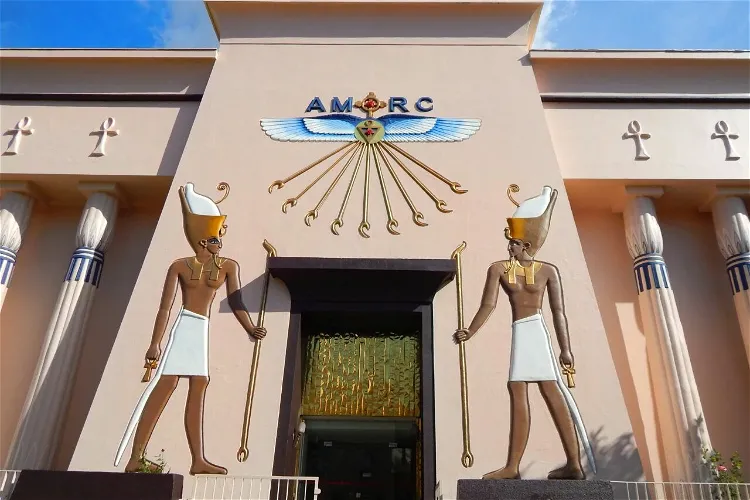
Museu Egípcio e Rosacruz
CuritibaThe Museu Egípcio e Rosacruz houses a collection mainly composed of replicas of Egyptian artifacts from various periods. One of the highlights of the collection is the mummy Tothmea, which was donated to the museum in 1987. This mummy is one of only two legitimate mummies from Egypt that are in Brazil.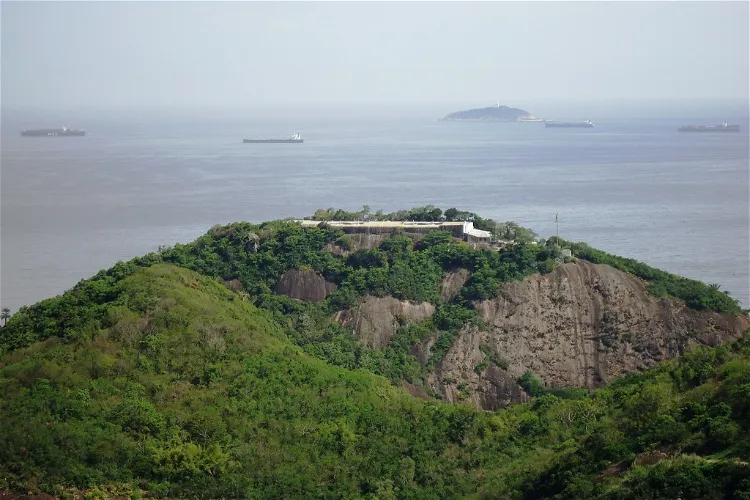
Duque de Caxias Fort
Rio de JaneiroThe Forte Duque de Caxias, which was previously known as Forte da Vigia, Forte da Espia, and Forte do Leme, is a historical site located in the Leme neighborhood in the city of Rio de Janeiro, Brazil. This fort has a rich history dating back to the 18th century and has undergone several name changes over the years. It is situated on the summit of Morro do Leme, offering panoramic views of the surrounding area.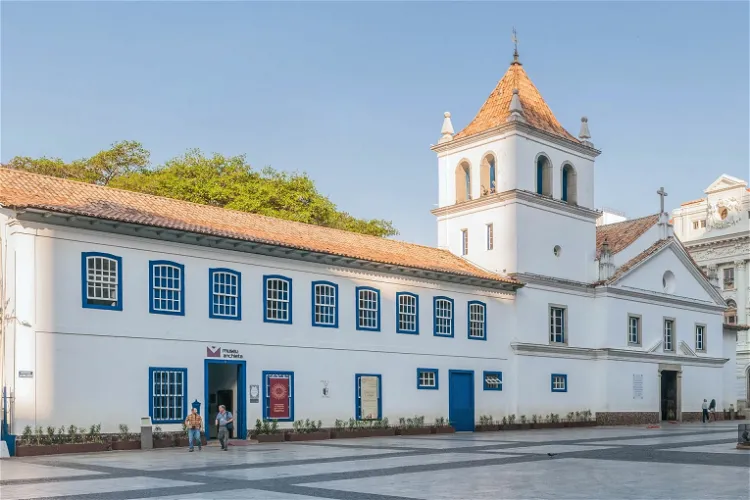
School Yard
São PauloPátio do Colégio, a historical Jesuit church and school, holds a significant place in the history of São Paulo, Brazil. It is the site where the city was founded back in 1554. The church and school have undergone various transformations over the centuries, reflecting the city's evolving history and culture.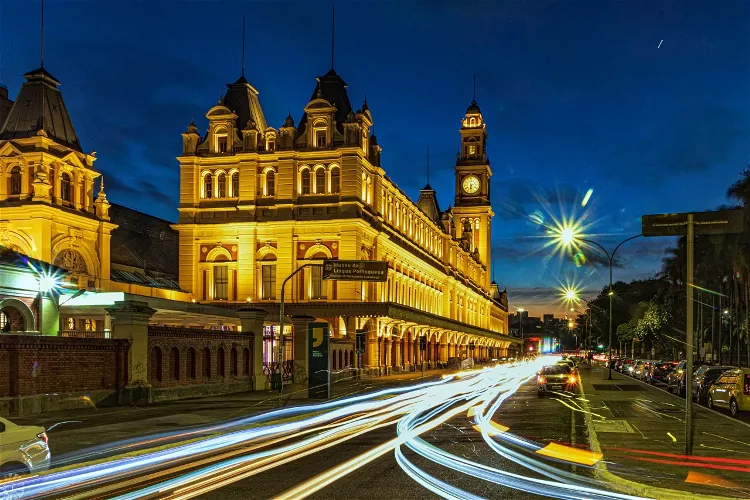
Museum of the Portuguese Language
São PauloThe Museum of the Portuguese Language, located in the historic Bairro da Luz train station in São Paulo, offers an interactive experience focused on the Portuguese language. This museum is a unique opportunity for visitors to explore the origins, history, and ongoing evolution of the Portuguese language, which is considered the foundation of Brazilian culture.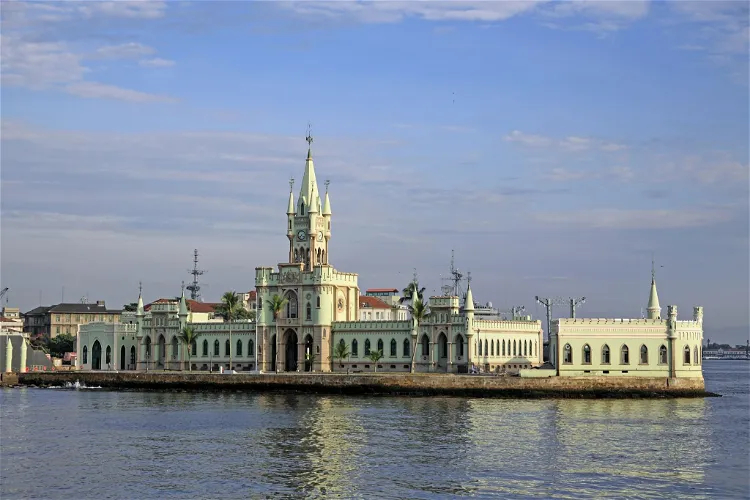
Fiscal Island
Rio de JaneiroIlha Fiscal, also known as Fiscal Island, is a significant landmark located in Guanabara Bay. It is situated near the historic city center of Rio de Janeiro, in southeastern Brazil. This island offers a unique blend of natural beauty and historical significance, making it an interesting destination for tourists.
Museo del Expedicionario
CuritibaThe Museu do Expedicionário, located in Curitiba, Brazil, is dedicated to showcasing the history of Brazil's involvement in World War II. This museum provides a comprehensive insight into the role Brazil played during this global conflict, making it a significant destination for those interested in history and warfare.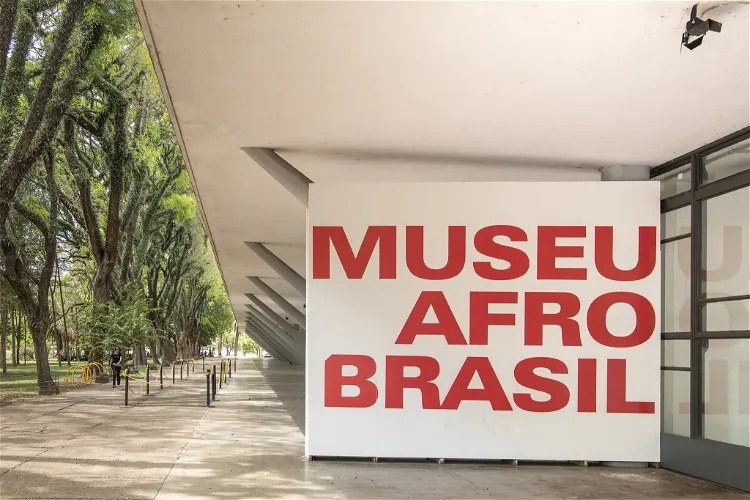
Afro Brasil Museum
São PauloThe Museu Afro Brasil is a historical, artistic, and ethnographic museum that is dedicated to the research, preservation, and exhibition of objects and works that are related to the cultural sphere of black people in Brazil. It is a public institution that is held by the Secretariat for Culture of the São Paulo State and is managed by the Museu Afro Brasil Association. The museum is located in Ibirapuera Park, a major urban park in São Paulo.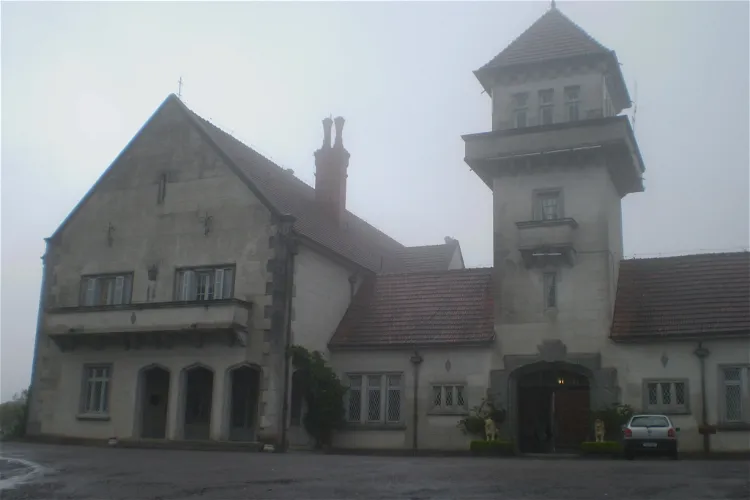
Boa Vista Palace
Campos do JordãoBoa Vista Palace, located in Campos do Jordão, serves as the official winter residence of the governor of the State of São Paulo. This grand structure, which began construction in 1938 and was completed in 1964, offers a unique insight into the history and culture of the region. Visitors can explore the palace and its grounds, taking in the stunning architecture and the panoramic views of the city's main neighborhoods.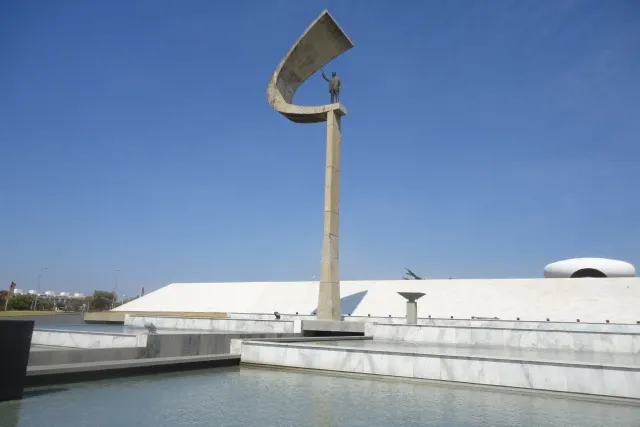
JK Memorial
BrasíliaThe JK Memorial in Brasília is a mausoleum and museum dedicated to Juscelino Kubitschek, the 21st president of Brazil and the founder of Brasília, which has been the capital of Brazil since 1960. This memorial offers a deep insight into the life and works of Kubitschek, making it a significant place for those interested in Brazilian history and culture.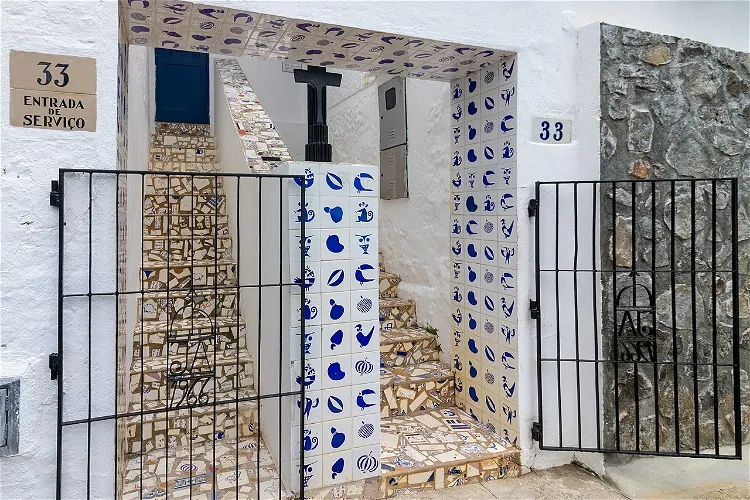
Casa do Rio Vermelho
SalvadorCasa do Rio Vermelho, also known as Casa de Jorge Amado, is a significant cultural site in Salvador, Bahia. This was the residence of the renowned writer couple Jorge Amado and Zélia Gattai. The house is located in the vibrant neighborhood of Rio Vermelho, on Alagoinhas Street.
Sao Joao Batista do Brum Fort
RecifeForte do Brum, also known as Fort De Bruyn, is a historical site located in Recife, Brazil. This 17th-century fort holds a significant place in the history of the region. Originally built by the Portuguese, it was later taken over by the Dutch during the invasion of Pernambuco in 1630. The fort's strategic location and robust design played a crucial role in the defense of the area.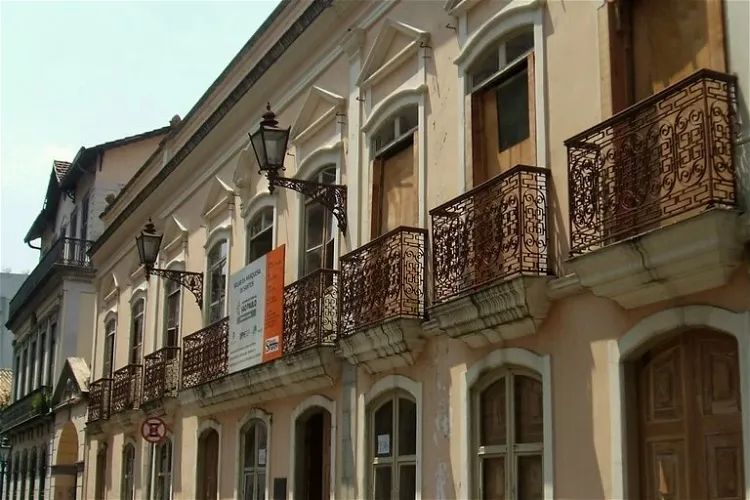
Solar da Marquesa de Santos
São PauloThe Solar da Marquesa de Santos is a historic manor house situated in the heart of São Paulo, Brazil. It currently serves as the headquarters for the Cidade de São Paulo museum and hosts a variety of cultural exhibitions. This location offers visitors a unique opportunity to explore the rich history of São Paulo while enjoying a diverse range of cultural displays.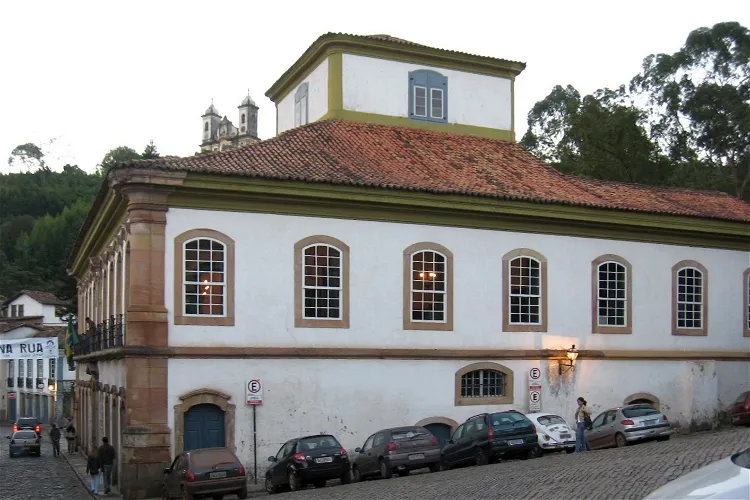
Museu Casa dos Contos
Ouro PretoCasa dos Contos is a museum situated in Ouro Preto, Minas Gerais, Brazil. It is a monument built in the Baroque style, reflecting the rich architectural heritage of the region. The primary objective of this museum is to preserve the history of the Gold Cycle - a significant period in Brazil's economic history. Additionally, it also serves to promote national culture, offering visitors a glimpse into the country's past.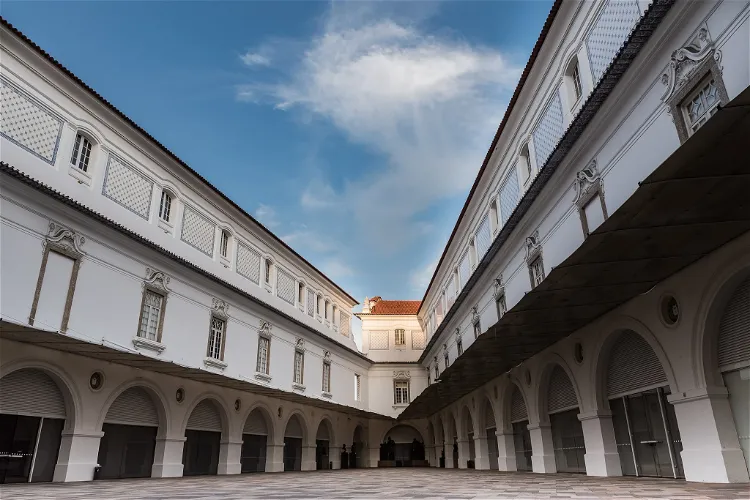
National History Museum
Rio de JaneiroThe National Historical Museum of Brazil, established in 1922, is home to over 287,000 items. This includes the largest numismatic collection in Latin America, making it a significant destination for those interested in history and numismatics. The museum's vast collection offers a comprehensive insight into Brazil's rich history and cultural heritage.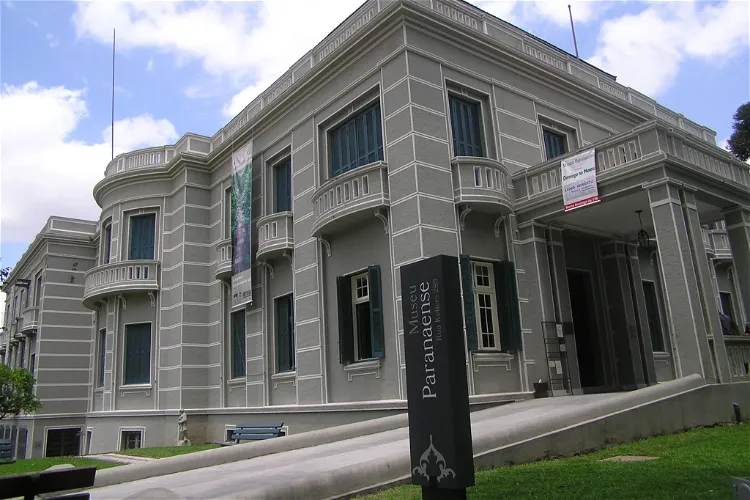
Museu Paranaense
CuritibaThe Museu Paranaense is housed in the São Francisco Palace, a sprawling space covering an area of 4,700 m². The museum not only showcases its historical collection in dedicated exhibition rooms but also hosts temporary exhibitions that delve into various historical and social contexts. Additionally, the museum is equipped with a library, an auditorium, a laboratory, and rooms for courses. It regularly conducts courses, lectures, workshops, and artistic presentations, offering a comprehensive cultural experience for visitors.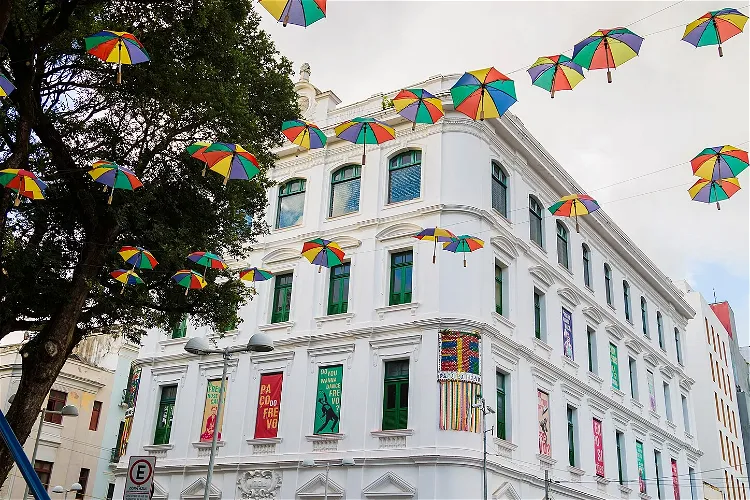
Paço do Frevo
RecifePaço do Frevo is a cultural hub located in Recife, the capital of Pernambuco in Brazil. It is dedicated to the promotion, research, leisure, and training in the areas of dance and music of frevo, a traditional Brazilian dance and music genre. This space provides an immersive experience into the vibrant culture of frevo, offering visitors a chance to learn, enjoy, and even participate in this unique art form.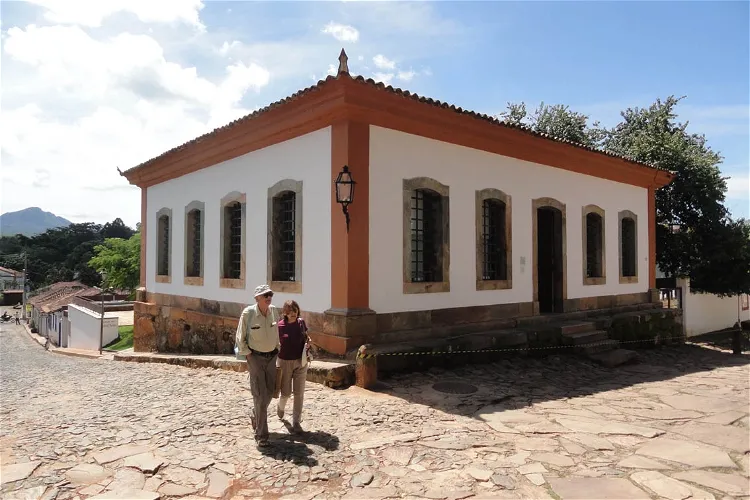
Museum of St. Anne
TiradentesThe Museum of Sant'Ana, located in the Brazilian city of Tiradentes in the state of Minas Gerais, is an art museum that was established in 2014. It was founded under the auspices of the Flávio Gutierrez Cultural Institute, a renowned institution in the field of art and culture.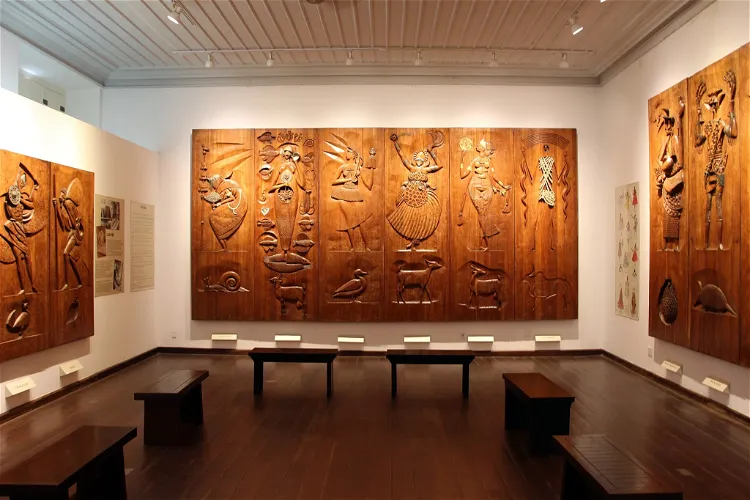
Afro-Brasileira Museum
SalvadorThe Afro-Brazilian Museum, also known as Mafro, is an ethnographic museum situated within the Faculty of Medicine at the Federal University of Bahia in Salvador de Bahia, Brazil. This location offers a unique blend of cultural and academic significance, making it a fascinating destination for tourists interested in the rich Afro-Brazilian heritage.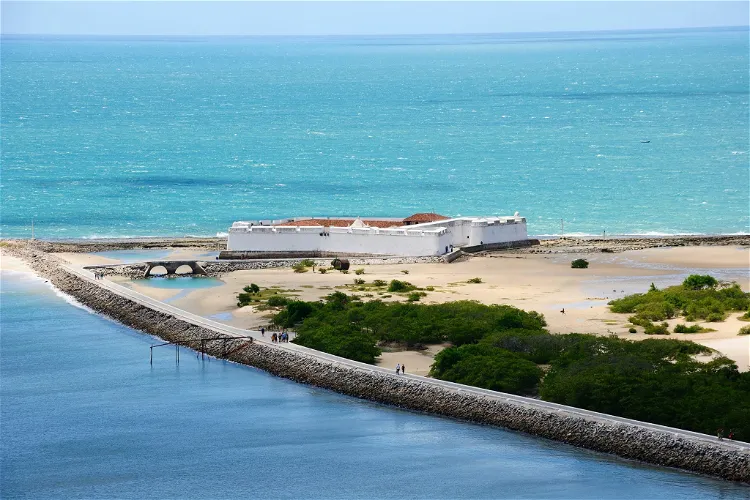
Fort of the Three Wise Men
NatalThe Forte dos Reis Magos, also known as the Fortaleza dos Reis Magos, is a historical fortress situated in the city of Natal, in the Brazilian state of Rio Grande do Norte. This fortress is a significant landmark in the region, offering visitors a glimpse into the past.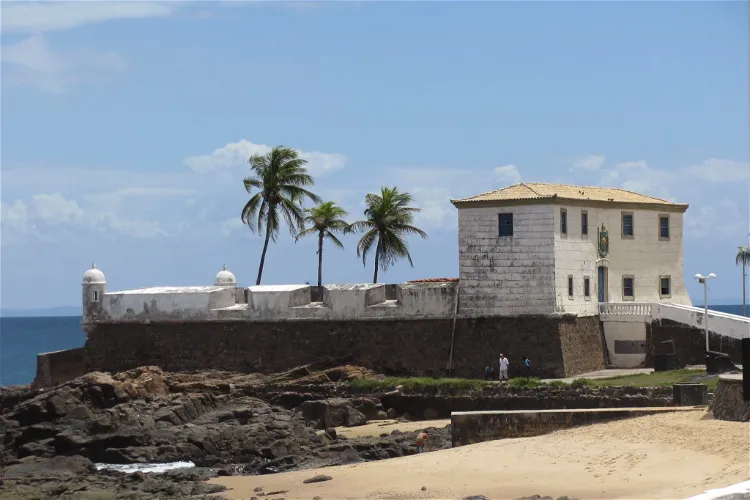
Forte de Santa Maria
SalvadorThe Forte de Santa Maria is a historical site located off the beach of Porto da Barra, in the Barra neighborhood. This location was the original port of the city of Salvador, situated on the coast of the state of Bahia, in Brazil. The fort offers a glimpse into the country's past and is a significant landmark in the region.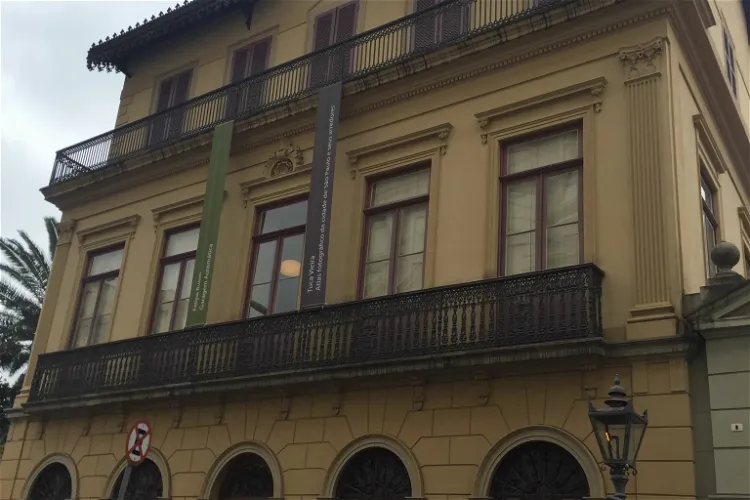
Casa Número Uno
São PauloCasa Número Uno is part of the Museum of the City of São Paulo, which comprises thirteen historic buildings. It houses the administrative core of this institution, along with the Solar da Marquesa de Santos, Beco do Pinto, and the Museu Padre Anchieta. Today, the residence hosts the city's iconographic collection, Casa da Imagem, dedicated to the photographic memory of the capital.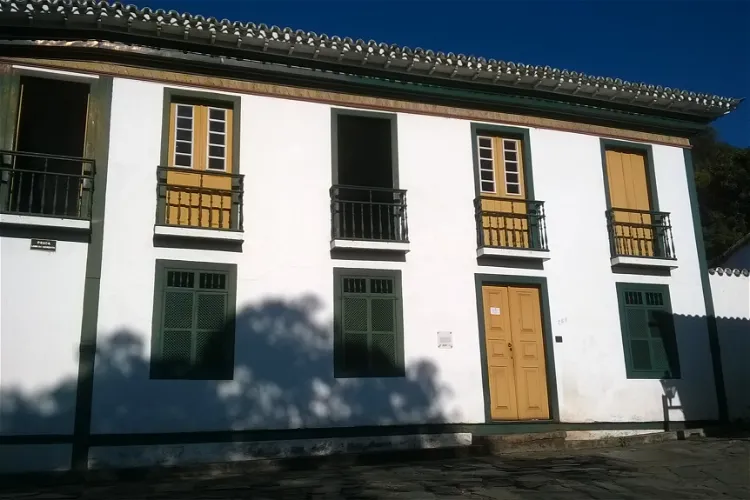
Casa de Chica da Silva
Diamantina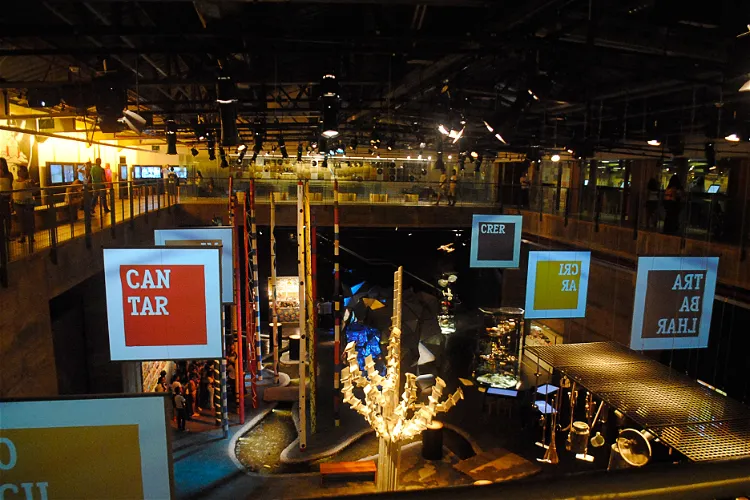
Museu Cais do Sertão
RecifeThe Museu Cais do Sertão is an interactive museum dedicated to the culture of Sertão and the works of Luiz Gonzaga. It is located in the city of Recife, the capital of Pernambuco in Brazil. The museum offers a unique blend of traditional and innovative exhibits, providing visitors with an immersive experience into the rich and diverse culture of Sertão.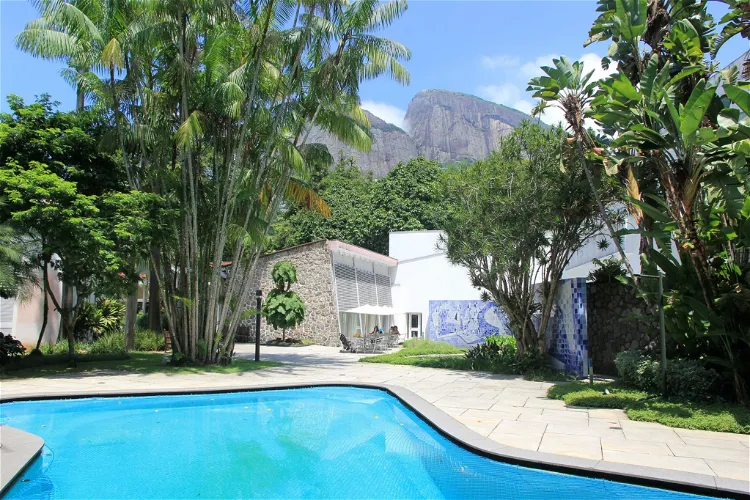
Moreira Salles Institute
Rio de Janeiro
"Honestino Guimarães" National Museum
BrasíliaThe Honestino Guimarães National Museum is situated in the Explanada de los Ministerios, in Brasília, the capital city of Brazil. This location is central and easily accessible, making it a convenient destination for tourists visiting the city.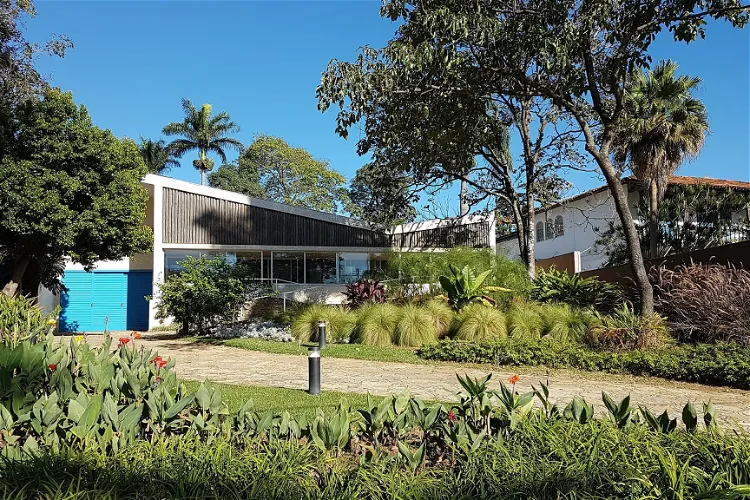
Kubitschek Residence Museum
Belo HorizonteThe Kubitschek Residence Museum is a unique museum house situated on the picturesque shore of Lake Pampulha in Belo Horizonte, Minas Gerais, Brazil. This location offers visitors a chance to explore the museum while also enjoying the beautiful lakeside setting.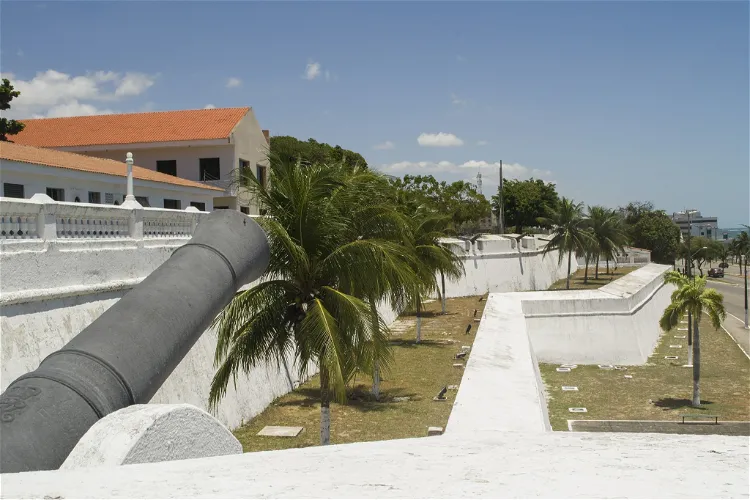
Fortress of Our Lady of the Assumption
FortalezaThe Fortress of Our Lady of the Assumption is a significant historical site located on the left bank of the mouth of the Pajeú stream, on the Marajaitiba hill, in the city of Fortaleza, on the coast of the Brazilian state of Ceará. Its strategic location offers visitors a unique perspective of the city and its surrounding landscapes.
Colonial Family Museum
BlumenauThe Colonial Family Museum in Blumenau is a unique space that combines art, history, and memorial elements. It was established with the help of objects donated by Edith Gaertner, a former actress and the heiress of Hermann Bruno Otto Blumenau, a German pharmacist. This connection to a prominent local figure adds a personal touch to the museum's collection and provides a deeper understanding of the city's history.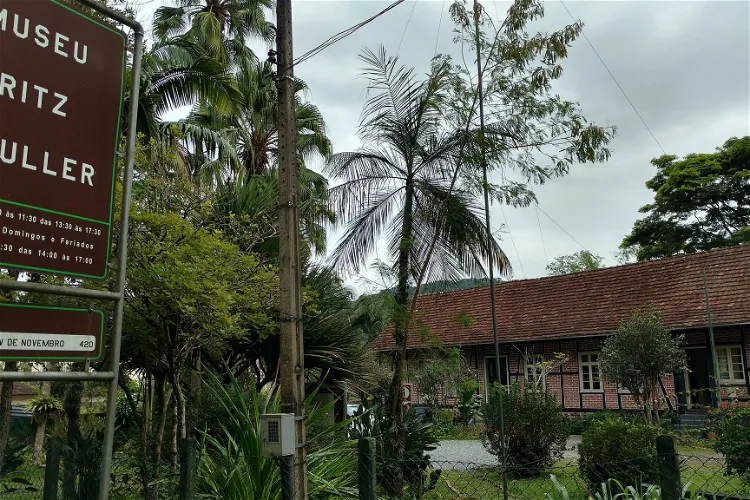
Museu de Ecologia Fritz Müller
BlumenauThe Museu de Ecologia Fritz Müller is situated in the Vorstadt district of the city of Blumenau. This location is easily accessible and offers a unique opportunity to explore the rich history and ecological diversity of the region.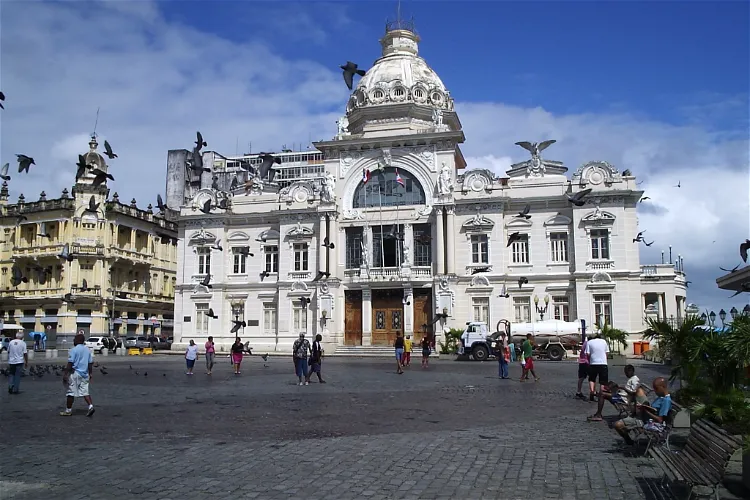
Rio Branco Palace
SalvadorThe Rio Branco Palace, one of the oldest palaces in Brazil, is located in Salvador, in the Tomé de Sousa square. This historic site was once the seat of government for the State of Bahia. Its location in the heart of Salvador makes it easily accessible for tourists, and its rich history adds to the cultural significance of the city.
Casa da Cultura (Recife)
RecifeThe Casa da Cultura is a hub for the sale of handicrafts in Recife, the capital of the Brazilian state of Pernambuco. This makes it a great place for tourists to explore local crafts and purchase unique souvenirs.
Bahia Naútico Museum
SalvadorA majestic fort with a lighthouse and an amazing well run nautic museum, this place is a must visit for anyone visiting Salvador.
Beer Museum Blumenau
BlumenauThe Beer Museum in Blumenau, inaugurated on September 24, 1996, provides a comprehensive look at the evolution of the beer scene in Santa Catarina. It offers an insight into how the beer preparation process has changed over the years. The museum features pieces from the 1890s, 1892, and 1920, which are part of the collections of major breweries such as Feldmann, one of the first in the region, and Brahma.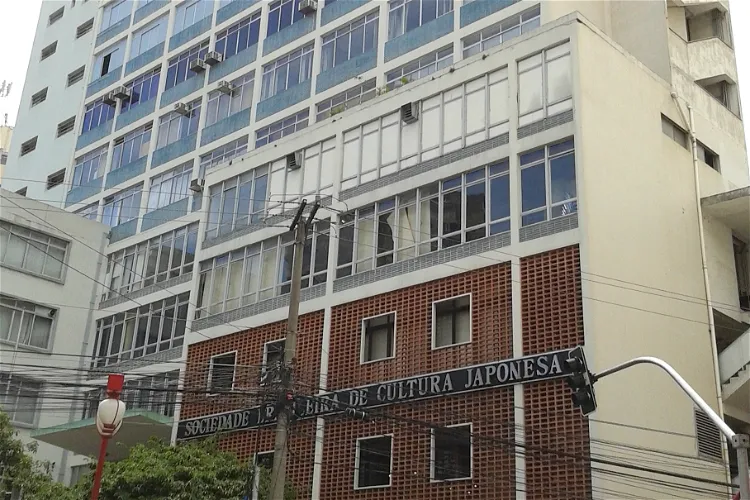
Museu Histórico da Imigração Japonesa no Brasil
São PauloThe Historical Museum of Japanese Immigration in Brazil, situated in the Liberdade neighborhood in the city center of São Paulo, was inaugurated on June 18, 1978. The museum was established by the Brazilian Society of Japanese Culture to commemorate the 70th anniversary of Japanese immigration to Brazil. It boasts a collection of over 97,000 historical items, including photos, films, and videos.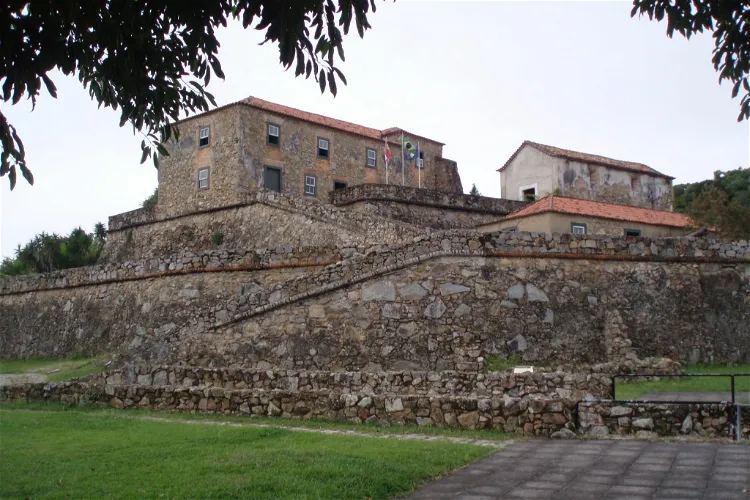
São José da Ponta Grossa Fortress
FlorianópolisThe São José da Ponta Grossa Fortress is a historical site located on Santa Catarina Island, in the municipality of Florianópolis, in the state of Santa Catarina, Brazil. This location offers visitors a chance to explore a significant part of Brazil's colonial history while enjoying the beautiful coastal scenery.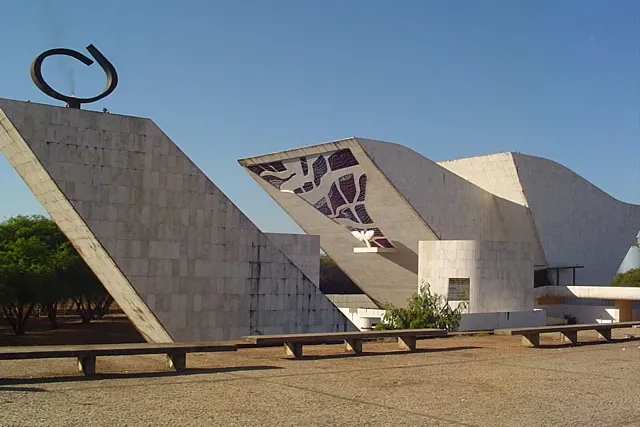
Tancredo Neves Pantheon of the Fatherland and Freedom
BrasíliaThe Tancredo Neves Pantheon of the Fatherland and Freedom is a significant monument located in Brasília, the capital of Brazil. It is a cenotaph, a monument erected in honour of people whose remains are elsewhere, dedicated to national heroes. The Pantheon was conceived following the death of Tancredo Neves, the first elected civilian president after twenty years of military rule.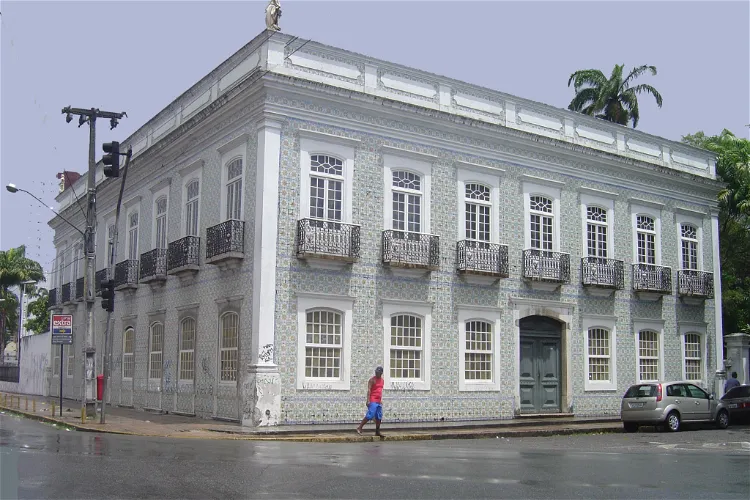
Abolition Museum
RecifeThe Abolition Museum, situated in Recife, the capital of Pernambuco, Brazil, is a unique institution that focuses on a significant part of the country's history. It is one of the few museums in Brazil that provides an in-depth exploration of the abolition of slavery, making it a unique destination for those interested in understanding this crucial period in Brazilian history.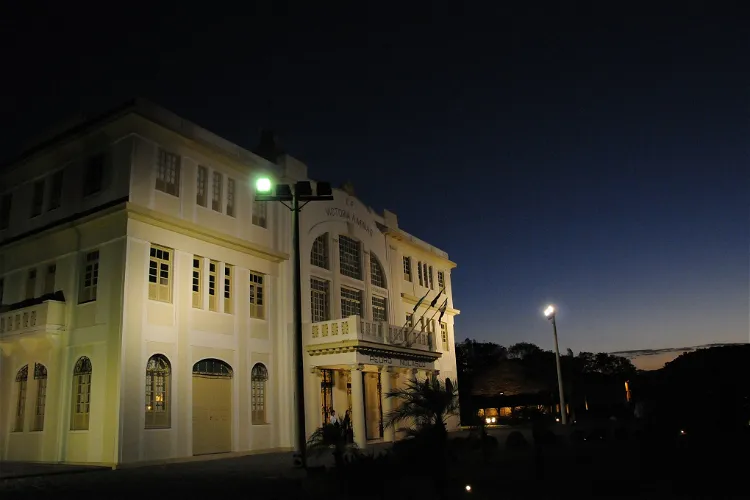
Vale Museum
Vila VelhaThe Vale Museum is situated in the city of Vila Velha, Espírito Santo. It is housed in the historic Pedro Nolasco Station of the Vitória - Minas railway. This location adds a unique historical charm to the museum, making it a fascinating destination for tourists interested in history and architecture.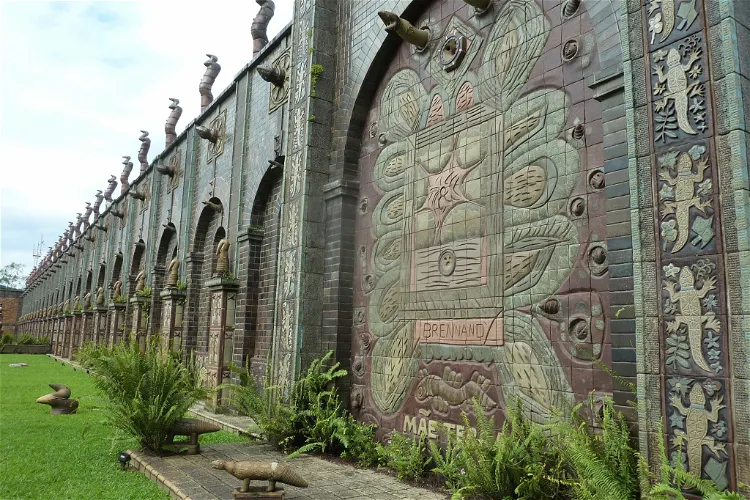
Oficina Cerâmica Francisco Brennand
RecifeThe Oficina Cerâmica Francisco Brennand is an art museum situated in Recife, the capital city of Pernambuco in Brazil. This museum was established by the renowned Pernambucan artist, Francisco Brennand, whose name it carries. It is a significant cultural landmark in the region, offering visitors a unique insight into the work and life of Francisco Brennand.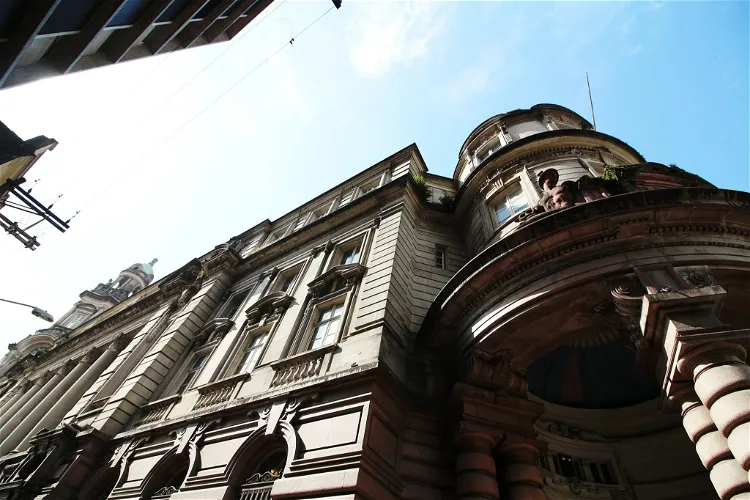
Bolsa Oficial de Café
SantosThe Bolsa de Café, or the Palácio da Bolsa Oficial de Café, is a former coffee trading center that has been transformed into a museum. It is situated in the historic center of Santos, in the state of São Paulo, Brazil. This location offers tourists a unique opportunity to explore the rich history of coffee trading in Brazil, within a building that has been a significant part of this history.
Museo Padre Anchieta
São PauloThe Museo Padre Anchieta is situated in the Pátio do Colégio square, in the heart of São Paulo, Brazil. This location is not only central but also historically significant, as it was chosen by the Jesuits Manuel da Nóbrega and José de Anchieta for the foundation of the city in 1554.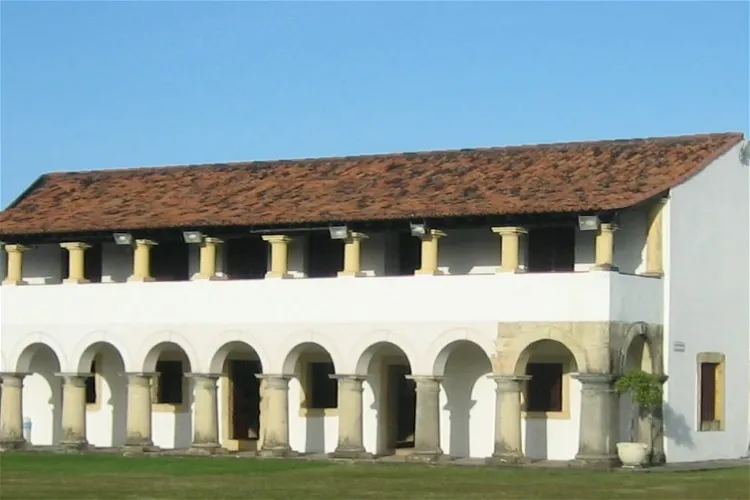
Fort of Santa Catarina
CabedeloThe Forte de Santa Catarina is a historical fort situated in Cabedelo, Paraíba, Brazil. This fort is a significant part of Brazil's history and offers a glimpse into the country's past. Visitors can explore the fort and learn about its historical significance.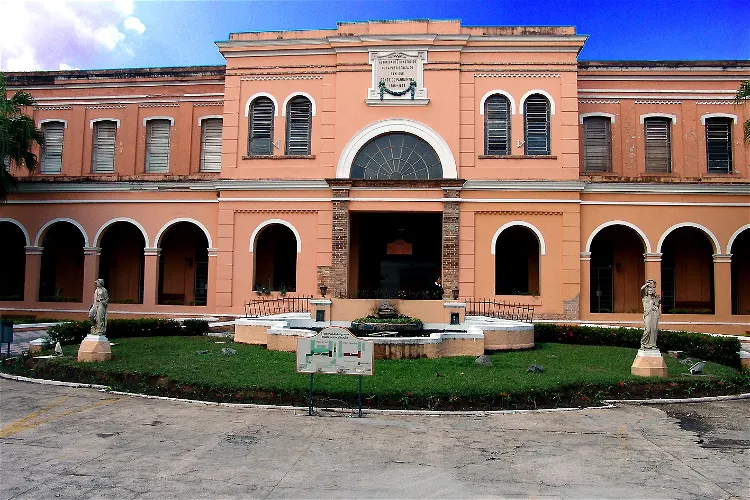
Immigration Museum of the State of São Paulo
São PauloThe Immigration Museum of the State of São Paulo is situated in the Mooca neighbourhood, a vibrant area in the eastern part of São Paulo, Brazil. This location is easily accessible and offers a unique cultural experience, being a part of the city's rich history and heritage.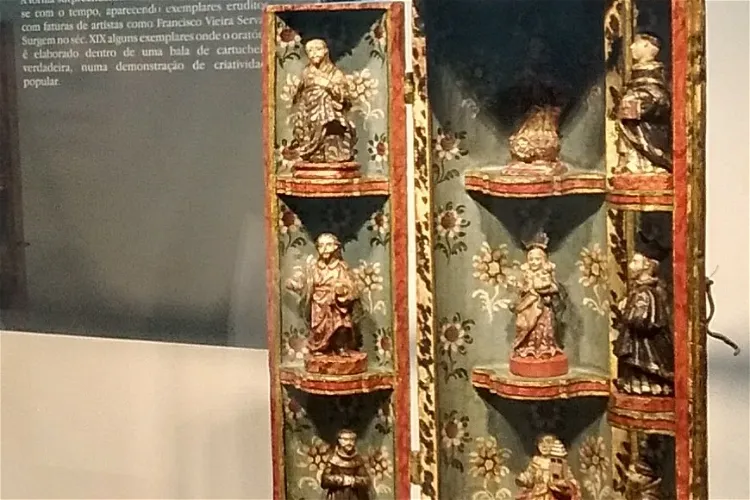
Oratory Museum
Ouro PretoThe Oratory Museum is a significant cultural institution in Brazil, housed in a three-story historic mansion in the city of Ouro Preto, Minas Gerais. The museum is conveniently located adjacent to the Church of Our Lady of Carmo, making it an accessible destination for tourists visiting the area.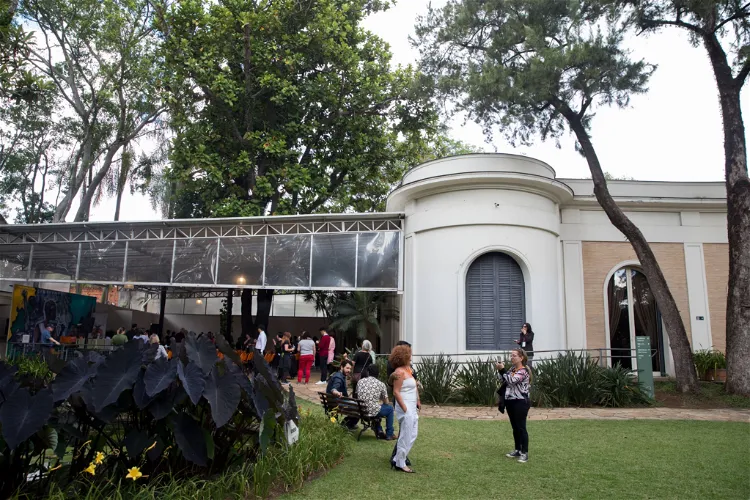
Ema Gordon Klabin Cultural Foundation
São PauloThe Ema Gordon Klabin Cultural Foundation, established in 1978, is an art museum located in the vibrant city of São Paulo, Brazil. This not-for-profit private institution was created by Brazilian collector and philanthropist Ema Gordon Klabin with the aim of preserving and showcasing her extensive art collection, as well as promoting cultural, artistic, and scientific activities.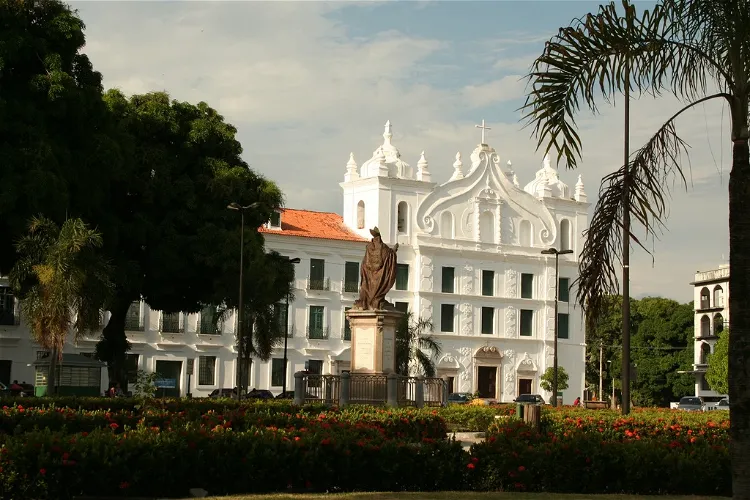
Igreja e Colégio de Santo Alexandre
BelémThe old Jesuit complex, which is one of the most important still existing in the country, is now home to the Museu de Arte Sacra do Pará. This museum showcases a rich collection of 17th and 18th century paintings and sculptures from the Amazon region, making it a must-visit for art and history enthusiasts.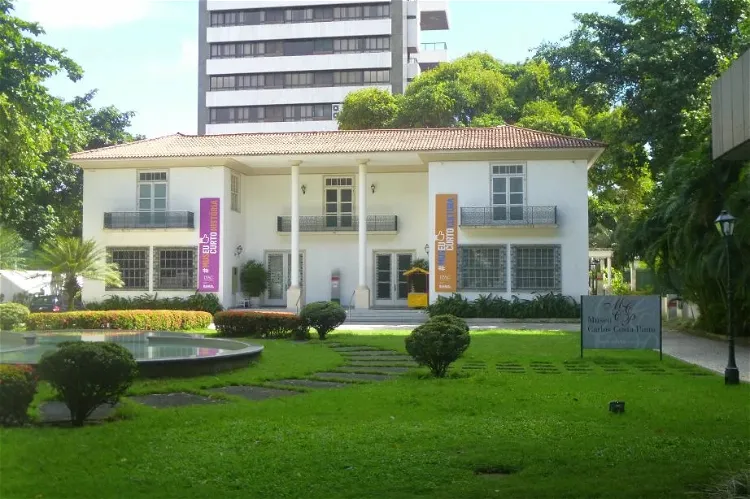
Carlos Costa Pinto Museum
SalvadorThe Carlos Costa Pinto Museum is situated on Avenida Sete de Setembro, in Salvador, Bahia, Brazil. This location is easily accessible and offers a unique cultural experience for tourists visiting the area.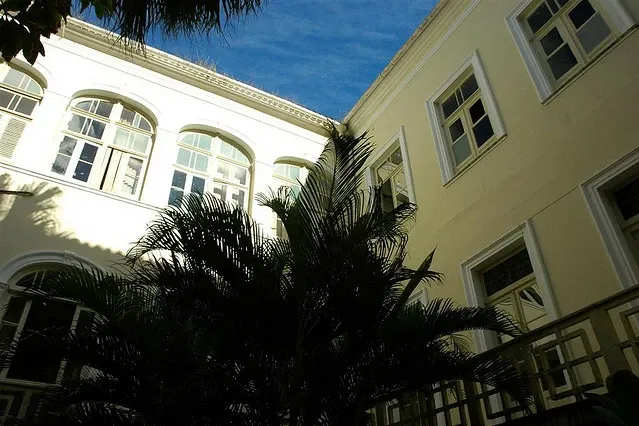
Museu de Arqueologia e Etnologia da Universidade Federal da Bahia
SalvadorThe Museu de Arqueologia e Etnologia (MAE) is situated in the vibrant city of Salvador. Specifically, it can be found at the Largo Terreiro de Jesus, housed within the building of the Faculty of Medicine of the Federal University of Bahia, in the historic district of Pelourinho. This location is not only central but also steeped in history, making it an interesting destination for tourists.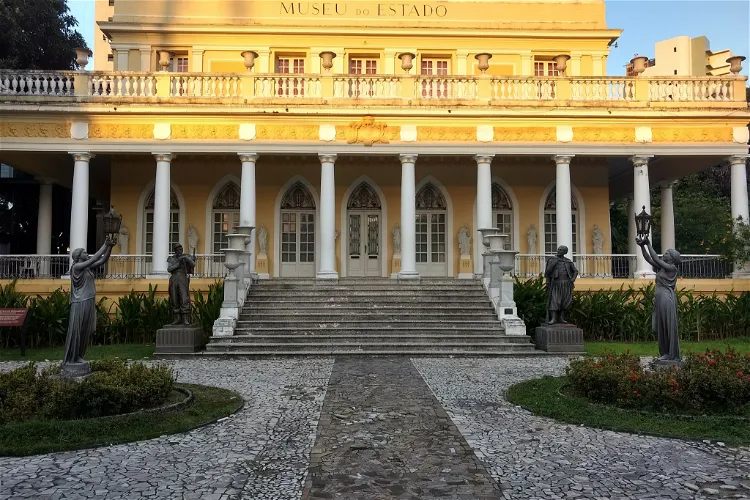
Pernambuco State Museum
RecifeThe Pernambuco State Museum, also known as MEPE, is an art and local history museum situated in the city of Recife, in the state of Pernambuco, Brazil. It offers a unique opportunity for visitors to delve into the rich history and culture of the region through its extensive collection of art and historical artifacts.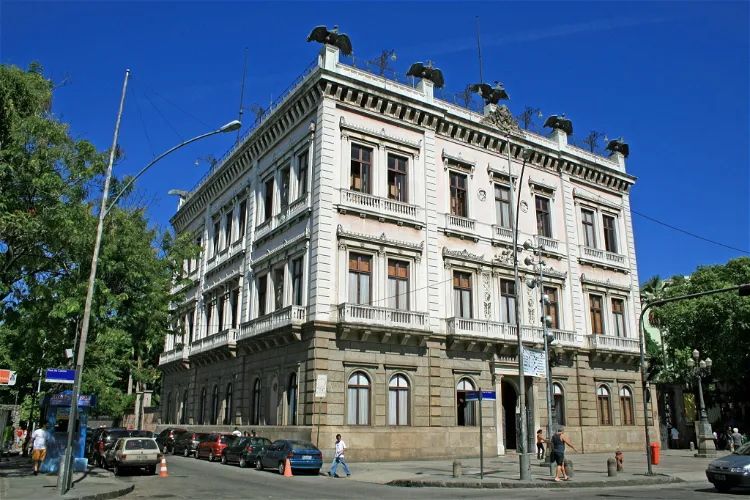
Republic Museum
Rio de JaneiroThe Catete Palace, an urban mansion located in the Flamengo neighborhood of Rio de Janeiro, is a significant historical site. The property spans from Rua do Catete to Praia do Flamengo. The construction of this grand mansion began in 1858 and was completed in 1867, making it a testament to the architectural prowess of the era.
Arts and Crafts Museum
Belo HorizonteThe Arts and Crafts Museum is a significant cultural institution situated in the city of Belo Horizonte, Brazil. It offers visitors a unique insight into the country's history of work, arts, and crafts.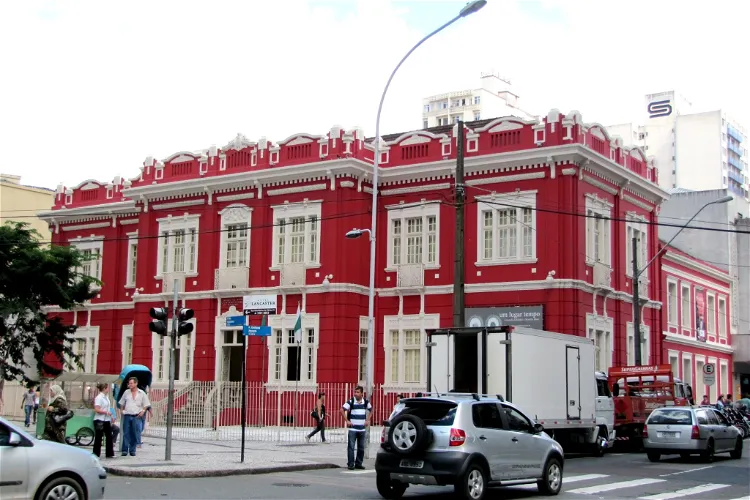
Museu de Arte Contemporânea do Paraná
CuritibaThe Museu de Arte Contemporânea do Paraná (MAC/PR) is a museum maintained by the Paraná government. It is home to a diverse collection of art, including paintings, sculptures, drawings, prints, and other types of works. The museum primarily features works from various Brazilian artists, with a special emphasis on artists from the Paraná region.
Museu do Homem do Nordeste
RecifeThe Museu do Homem do Nordeste is a Brazilian museum situated in Recife, the capital city of Pernambuco. This museum is a federal institution linked to the Joaquim Nabuco Foundation and the Ministry of Education. It offers a unique insight into the diverse cultures of the region, including black, indigenous, and white cultures, from their origins to their current forms and mixtures that make up what is generally referred to as Brazilian culture.
Rio Negro Palace
PetrópolisThe Palácio Rio Negro, or Rio Negro Palace, is situated in the scenic city of Petrópolis, nestled in the mountainous region of the state of Rio de Janeiro in Brazil. This location offers visitors a unique blend of natural beauty and historical significance, making it an interesting destination for those interested in both nature and history.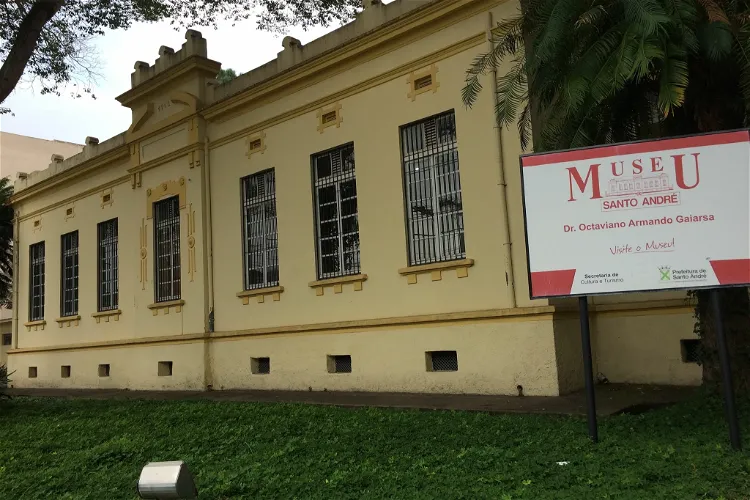
Museum of Santo André Dr. Octaviano Armando Gaiarsa
Santo AndréThe Museum of Santo André Dr. Octaviano Armando Gaiarsa, located in Santo André, São Paulo, is a significant cultural institution in the city. Officially established as a museum in 1982, it is housed in a building that was designed and developed in 1914 by the architect José Van Humbeeck. This historical building adds to the charm and cultural significance of the museum, making it a noteworthy destination for tourists interested in history and architecture.
Mineiro Museum
Belo HorizonteThe Mineiro Museum, located in the city of Belo Horizonte, Minas Gerais, is a significant cultural institution in Brazil. It was inaugurated on May 10, 1982, at the site of the former Mineiro Senate. Today, it is part of the Cultural Circuit Praça da Liberdade project, which is a network of cultural institutions and attractions in the city.
Espaço Cultural da Marinha
Rio de JaneiroThe Espaço Cultural da Marinha is a cultural center situated in the Centro district of Rio de Janeiro. This location is easily accessible and is a hub of cultural and historical significance, making it an ideal spot for tourists interested in Brazilian history and culture.
Memorial Minas Gerais Vale
Belo HorizonteThe Memorial Minas Gerais Vale Museum is a cultural and artistic institution located in Belo Horizonte, Minas Gerais. It is dedicated to showcasing the traditions and history of the people of Minas Gerais. This museum provides a unique opportunity for visitors to immerse themselves in the rich cultural heritage of the region.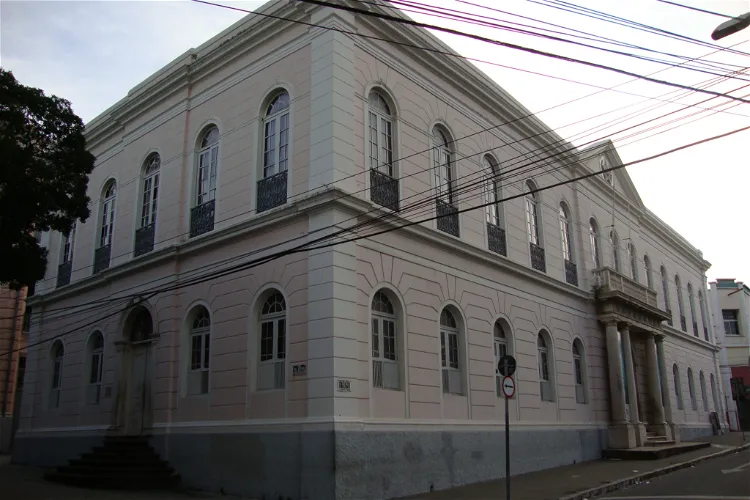
Ceará Museum
FortalezaThe Ceará Museum, situated in the city of Fortaleza, is home to an extensive collection of over 13,000 pieces. These pieces are distributed across three significant collections that narrate the history of Ceará. The collections include Paleontology, Archaeology/Indigenous Anthropology, and Furniture. These collections provide a comprehensive insight into the region's past, making it a valuable destination for those interested in history and culture.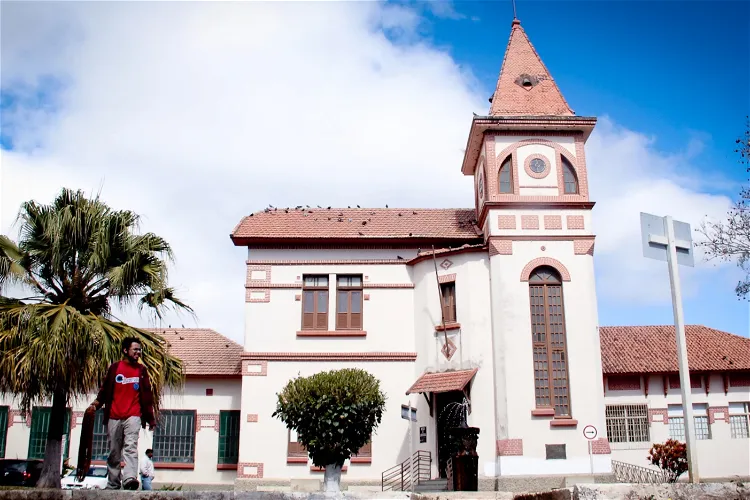
Madness Museum
Barbacena
Centro Cultural dos Povos da Amazônia
Manaus
Museum Mamulengo
Olinda- 68
Ecomuseum of Itaipu
Foz do IguaçuThe Ecomuseum of Itaipu is situated in the city of Foz do Iguaçu, in the state of Paraná. The museum is managed by Itaipu Binacional, a bi-national company responsible for the Itaipu Dam. The museum's headquarters are located within the administrative area of the Itaipu Hydroelectric Power Plant. 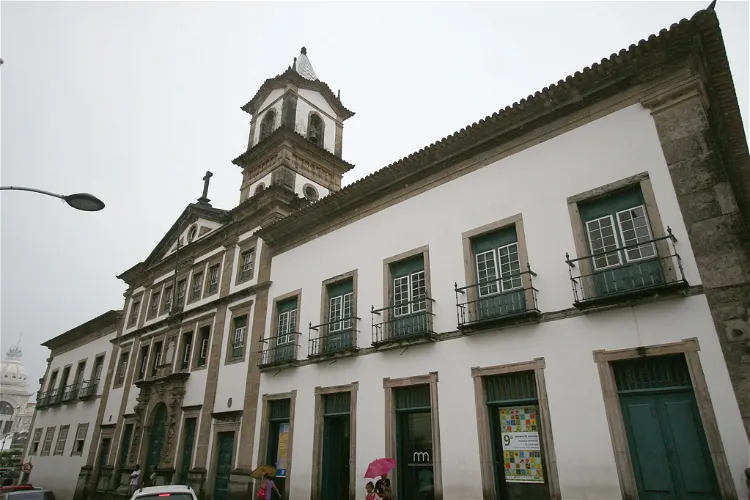
Museum of Mercy
SalvadorHoused in a stunning 17th century edifice that also served as the first hospital in Brazil, its guided tours show marvelous works of art.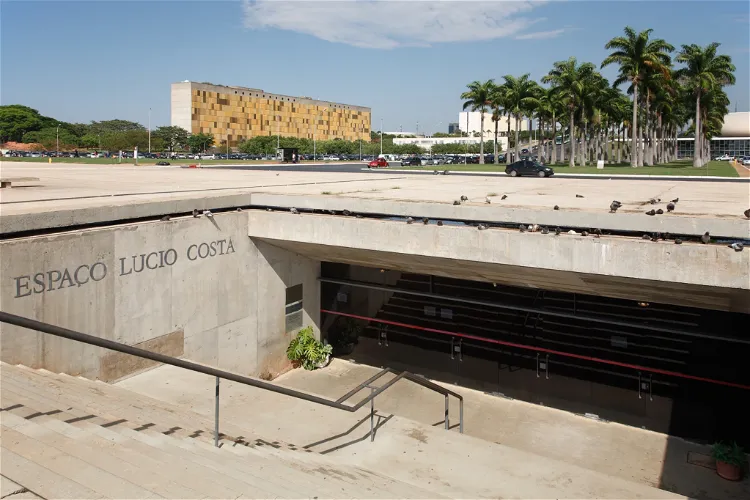
Espaço Lúcio Costa
BrasíliaEspaço Lúcio Costa is a thematic museum located in Brasília, the capital of Brazil. The museum is dedicated to the renowned architect and urban planner Lúcio Costa. Costa was the winner of the National Contest for the Pilot Plan of Brasília, which defined the city's design. The museum serves as a tribute to his significant contributions to the city's architecture and urban planning.
Museu Casa de Pedro Américo
AreiaThe Museu Casa de Pedro Américo is situated on Pedro Américo street, which is the birthplace of the renowned painter, novelist, and poet Pedro Américo de Figueiredo e Melo. This location holds significant historical and cultural value, as it is where the artist was born and spent his early years. Visitors can gain a deeper understanding of Pedro Américo's life and work by visiting this museum.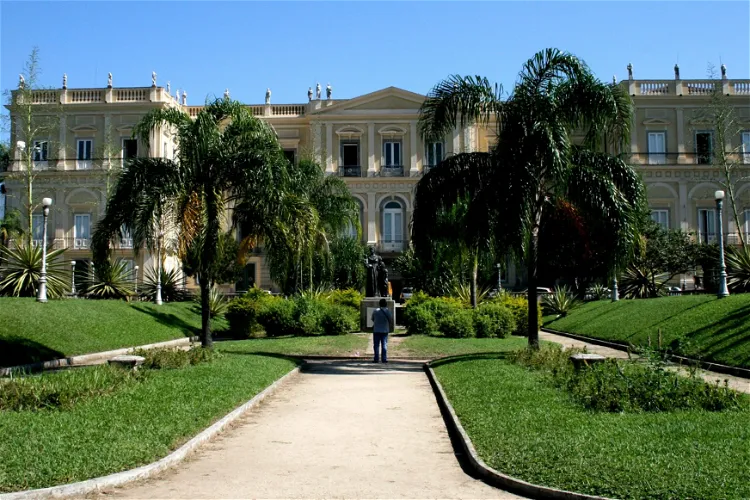
National Museum of Brazil
Rio de JaneiroThe National Museum, known as Museu Nacional in Portuguese, is situated in the Quinta da Boa Vista area of Rio de Janeiro, Brazil. The museum is under the administration of the Federal University of Rio de Janeiro (UFRJ), one of the country's leading educational institutions. This location offers a unique blend of cultural and educational experiences for visitors.- 73
Church of San Francisco
João Pessoa 
Monument to the Dead of World War II
Rio de JaneiroThe Monumento Nacional aos Mortos da Segunda Guerra Mundial, popularly known as Monumento aos Pracinhas, is a significant landmark located in Eduardo Gomes Park, in the city of Rio de Janeiro, Brazil. This monument was conceived by Marshal João Baptista Mascarenhas de Moraes, commander of the Brazilian Expeditionary Force, to honor the Brazilian soldiers who lost their lives in Italy during World War II.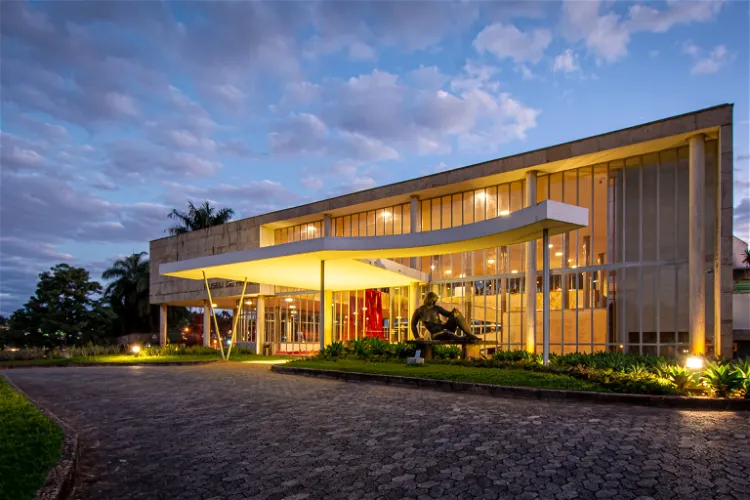
Pampulha Art Museum
Belo HorizonteThe Pampulha Art Museum, previously known as Cassino da Pampulha, is a significant part of the Pampulha Modern Ensemble situated in Belo Horizonte, Minas Gerais, Brazil. This ensemble is a collection of buildings designed by the renowned architect Oscar Niemeyer and is recognized by UNESCO as a World Heritage Site. The museum was the first building of this complex to be constructed and has a rich history, initially serving as a casino that transformed the nightlife of Belo Horizonte.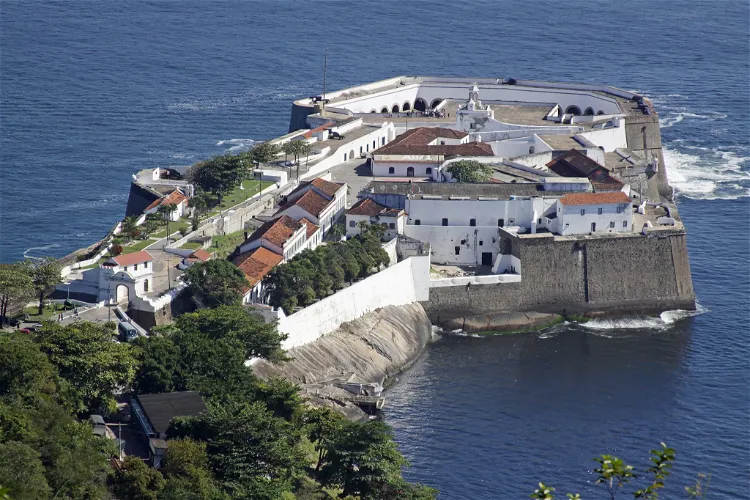
Santa Cruz da Barra Fortress
NiteróiThe Santa Cruz da Barra Fortress is a historical site located on the east bank of Guanabara Bay, in the Jurujuba district of Niterói, in the state of Rio de Janeiro, Brazil. This location offers a unique view of the bay and is easily accessible for tourists visiting the area.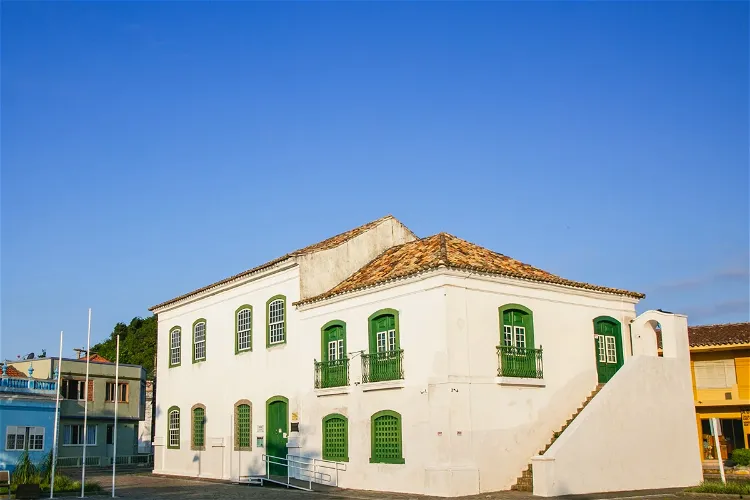
Museu Anita Garibaldi
LagunaThe Anita Garibaldi Museum is situated in the heart of the historic center of Laguna, a city in the southern part of the state of Santa Catarina in Brazil. This location makes it easily accessible for tourists visiting the city.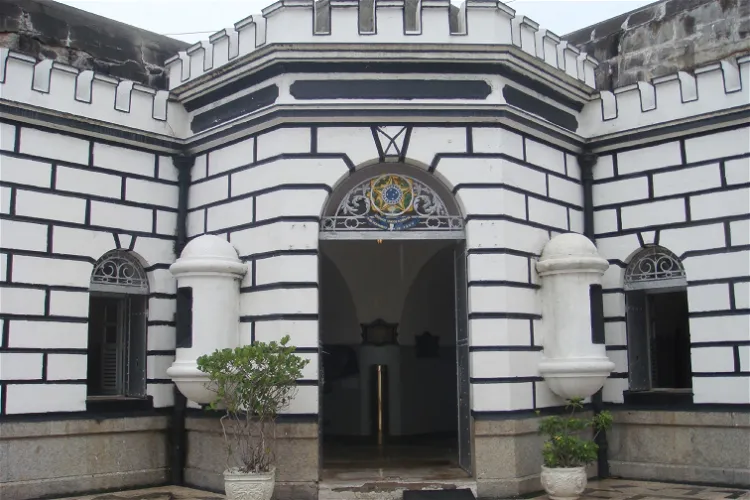
Copacabana Fort
Rio de JaneiroThe Forte de Copacabana is a military base located at the southern end of the beach in the Copacabana district of Rio de Janeiro. This historical site is open to the public and offers a unique insight into the military history of Brazil.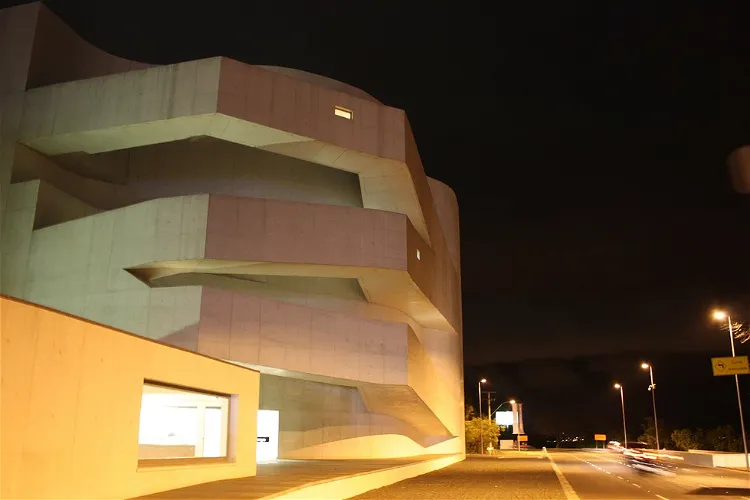
Ibere Camargo Foundation
Porto AlegreThe Ibere Camargo Foundation, located in the Brazilian city of Porto Alegre, is a cultural institution dedicated to the preservation, study, and promotion of the work of Gaucho painter Ibere Camargo (1914-1994). The foundation was established in 1995 by Camargo's widow, Maria Coussirat Camargo, to whom he left his artistic collection.
Museu Nacional de Imigração e Colonização
JoinvilleThe Museu Nacional de Imigração e Colonização, located in Joinville, in the north of Santa Catarina, is a significant repository of historical memories and objects related to immigration in the South of Brazil. The museum's collection provides a comprehensive insight into the historical process of immigration and colonization in the region.
Casa de Marechal Deodoro da Fonseca
Rio de JaneiroThe Casa de Marechal Deodoro da Fonseca is a historic mansion that dates back to the 19th century. It is situated in the heart of Rio de Janeiro, making it easily accessible for tourists. The mansion's rich history and central location make it a significant point of interest for those interested in Brazil's past.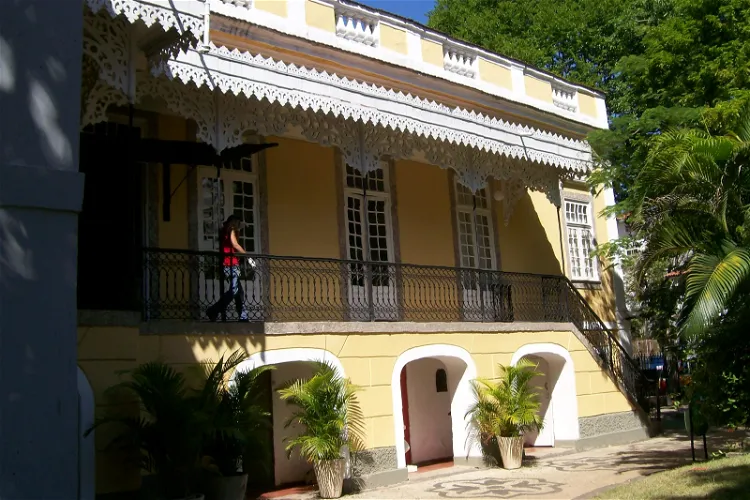
The Museum of the Indigenous Populations
Rio de JaneiroThe Museo del Indio, also known as the Museum of the Indian, is a public institution located in the city of Rio de Janeiro, Brazil. It is the only official institution in the country that is dedicated exclusively to the indigenous peoples of Brazil. This museum serves as a cultural and scientific agency of the National Indian Foundation and aims to promote a careful and updated image of the indigenous cause, while erasing negative prejudices and stereotypes in Brazilian society about these communities.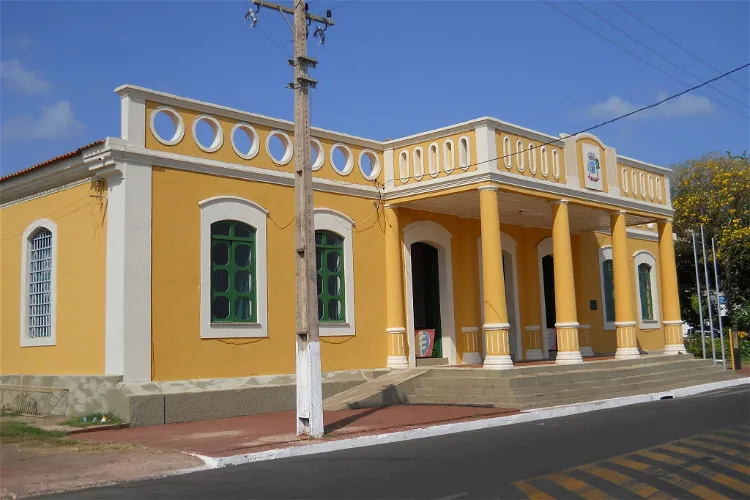
Museu João Fona
SantarémThe Museu João Fona, located in the city of Santarém in the state of Pará, is a historical building constructed between the years 1853 and 1868 by the engineer Marcos Pereira. This museum is the third oldest building in the city, adding to its historical significance.
Museum of Image and Sound Campinas
CampinasThe Museum of Image and Sound (MIS) in Campinas is a public institution dedicated to the preservation and dissemination of the city's audiovisual heritage. It is centrally located at Rua Regente Feijó, 859, in the Palácio dos Azulejos, making it easily accessible for visitors.
Historical Museum and Geographic Pocos de Caldas
Poços de Caldas- 86
Habits and Customs Museum
BlumenauThe Habits and Customs Museum is housed in a mansion dating back to 1898, which once belonged to the German Consul Gustav Salinger. This historical building adds to the charm and authenticity of the museum, making it a fascinating place for tourists to explore. 
Memorial do Rio Grande do Sul
Porto AlegreThe Rio Grande do Sul Memorial is a cultural center situated in the heart of Porto Alegre. It is housed in a historic property located in Alfândega Square, which is part of the city's historic center. This location makes it easily accessible for tourists who are exploring the city.- 88
Parque Cultural Epopéia Italiana
Bento Gonçalves 
Carmen Miranda Museum
Rio de JaneiroThe Carmen Miranda Museum, situated in Eduardo Gomes Park, also known as Flamenco Park, is a tribute to the renowned singer and actress Carmen Miranda. The museum has been welcoming visitors since 1976, offering a unique insight into the life and career of this iconic figure.
Júlio de Castilhos Museum
Porto AlegreThe Júlio de Castilhos Museum holds the distinction of being the oldest museum in Rio Grande do Sul. It was inaugurated as a tribute to the journalist and politician Júlio de Castilhos, who served as the governor of Rio Grande twice. This historical significance adds a layer of depth to the museum's exhibits and provides visitors with a glimpse into the region's past.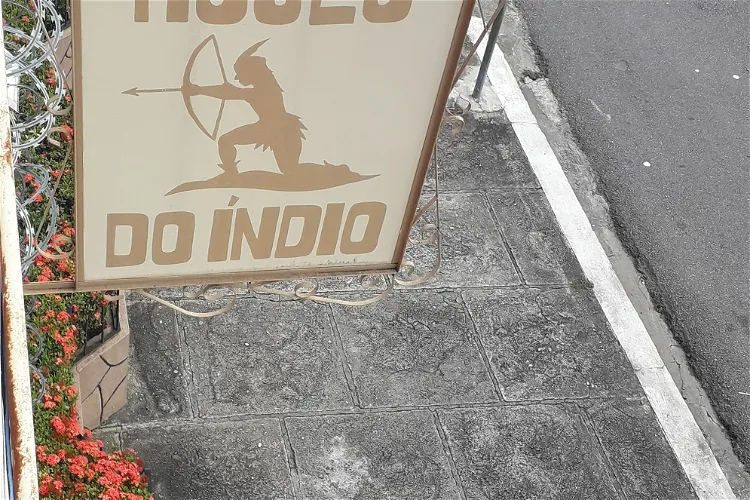
Indian Museum
ManausThe Indian Museum, located in the Amazon city of Manaus, is the largest and most comprehensive museum of indigenous history in Brazil. It provides a unique opportunity to delve into the rich and diverse history of the indigenous tribes of the region. The museum's location in Manaus, a city known for its vibrant culture and natural beauty, adds to its appeal for tourists.
Eva Klabin Foundation
Rio de JaneiroThe Eva Klabin House Museum, also known as Casa Museu Eva Klabin, is a historic house museum situated in the vibrant city of Rio de Janeiro, Brazil. The museum was founded in 1990 by the renowned Brazilian collector and philanthropist, Eva Klabin. The museum is housed in the residence where Klabin lived for over thirty years, making it a unique destination that combines personal history with an extensive art collection.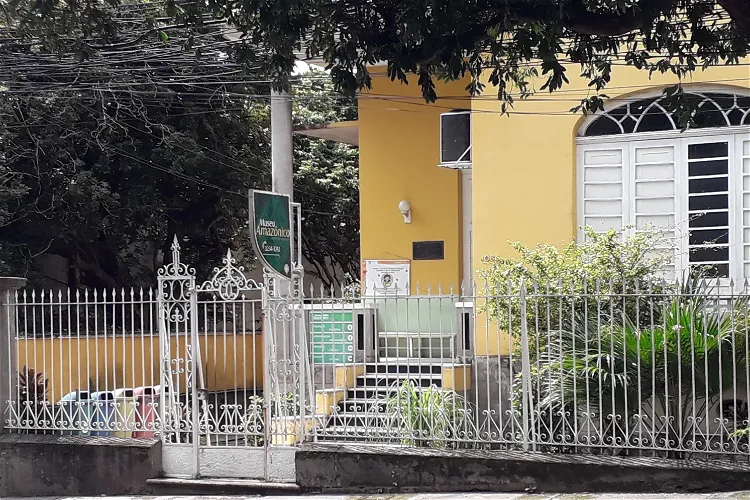
Amazon Museum
ManausThe Amazon Museum, located in Manaus, is a supplementary body of the Federal University of Amazonas. This connection to the university ensures that the museum is backed by academic rigor and research, providing visitors with a comprehensive and accurate understanding of the Amazon and its cultures.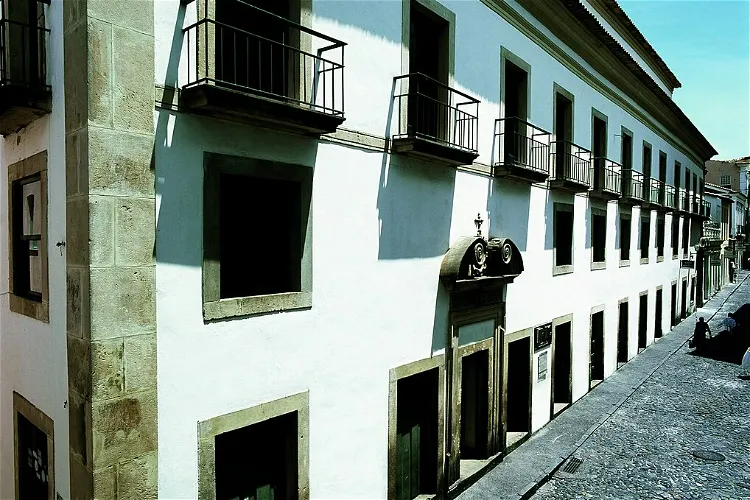
Solar Ferrão
SalvadorSolar Ferrão is a significant historical building located in the heart of Salvador, the capital of the Brazilian state of Bahia. It is situated in the Pelourinho, the city's historic center, and is recognized as part of the national heritage by the National Historical and Artistic Heritage Institute (IPHAN). This location offers tourists a chance to immerse themselves in the rich history and culture of the region.
Museu Getúlio Vargas
Rio de JaneiroThe Getúlio Vargas Museum, also known as the Getúlio Vargas House Museum, is a significant cultural site located in the city of São Borja in Rio Grande do Sul. The museum is dedicated to preserving the residence of former president Getúlio Vargas, offering visitors a unique insight into the life and times of one of Brazil's most influential political figures.
Benjamin Constant House Museum
Rio de JaneiroThe Benjamin Constant House Museum is a part of the Brazilian Institute of Museums (Ibram), which falls under the Ministry of Culture. It is situated in the Santa Teresa neighborhood of Rio de Janeiro, a location known for its cultural and historical significance. The museum was inaugurated on October 18, 1982, in the house where Benjamin Constant Botelho de Magalhães, a professor of mathematics, engineer, and military officer, resided.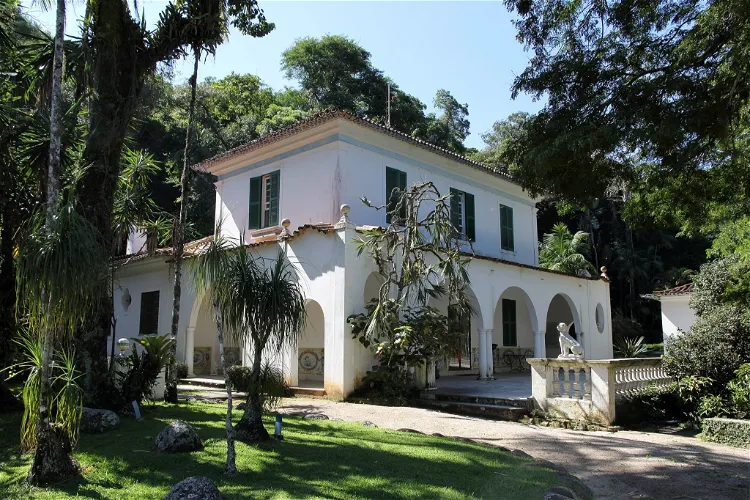
Dam Museum
Rio de JaneiroThe Açude Museum, located in the Alto da Boa Vista neighborhood in Rio de Janeiro, Brazil, is a former colonial-style property that has been transformed into a museum. This unique location offers visitors a chance to explore a piece of Brazil's colonial history while enjoying the museum's diverse collections.
Museu Botânico Dr. João Barbosa Rodrigues
São PauloThe Dr. João Barbosa Rodrigues Botanical Museum, also known as MBot, is a public state museum that is part of the Botanical Institute of São Paulo. It serves as a didactic-expository facility, providing educational and informative exhibits about botany. The museum is conveniently located in the Botanical Garden of São Paulo, specifically in the Cursino district of São Paulo.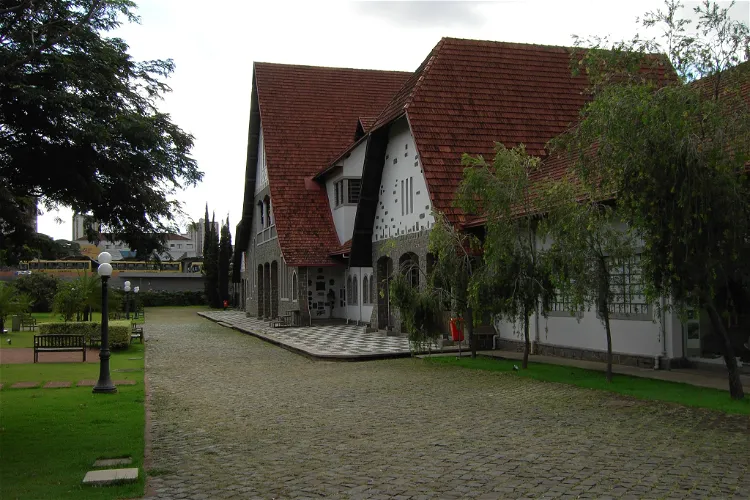
Londrina Historical Museum
LondrinaThe Londrina Historical Museum Padre Carlos Weiss is a part of the State University of Londrina (UEL). This connection to the university adds a layer of academic credibility to the museum, making it a reliable source of historical information about the city and region.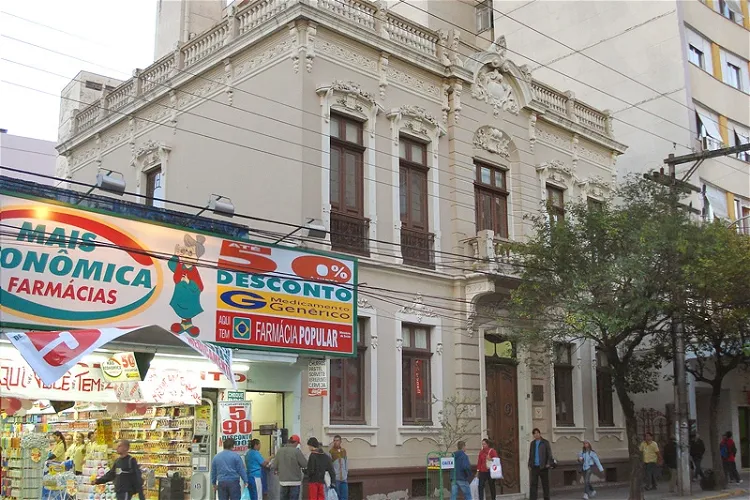
Educational Museum Gama D'Eça
Santa MariaThe Gama D'Eça Educational Museum is a significant cultural and educational institution in Brazil. It is affiliated with the Federal University of Santa Maria (UFSM) and is situated in the heart of Santa Maria, in the state of Rio Grande do Sul. The museum boasts a collection that is partially listed by the National Historical and Artistic Heritage Institute (IPHAN), indicating its cultural and historical significance.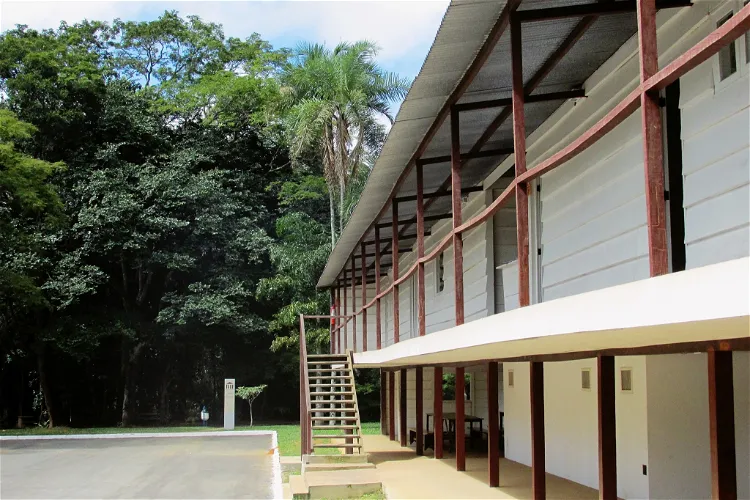
Catetinho
Park WayThe Catetinho, also known as Palácio do Catetinho, is a significant historical site in Brazil. It is a public official building of the Federative Republic of Brazil, located approximately ten kilometers from Gama. This location served as the first official headquarters and workplace of the President of the Federative Republic of Brazil, Juscelino Kubitschek, and his Vice President in Brasília.
Parque de Ciência e Tecnologia da USP (CienTec)
São PauloThe Parque de Ciência e Tecnologia da Universidade de São Paulo (CienTec) is an interactive and open-air museum. It is located in the Água Funda neighborhood, in the city of São Paulo. This location makes it easily accessible for tourists visiting the city. The park offers a unique experience of learning and exploration in the field of science and technology.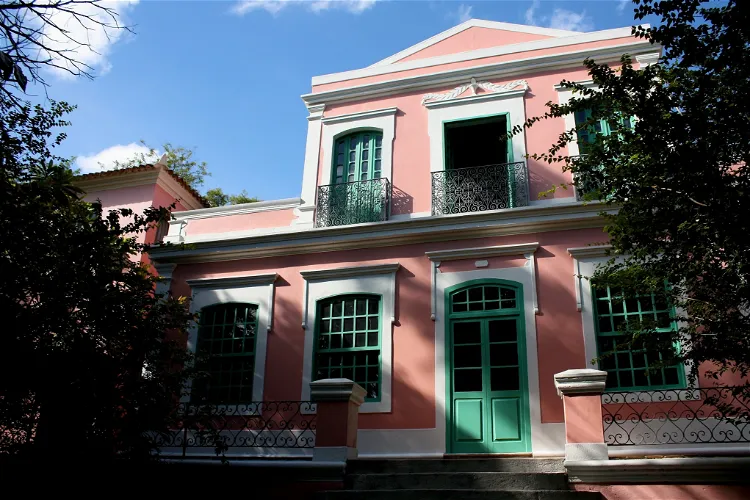
Gilberto Freyre Foundation
RecifeThe Gilberto Freyre Foundation is a cultural institution that is situated in the Magdalena and Gilberto Freyre House-Museum. This museum is located in Recife, which is the capital city of Pernambuco in Brazil. It is a significant cultural hub in the region and offers a unique insight into the life and works of Gilberto Freyre.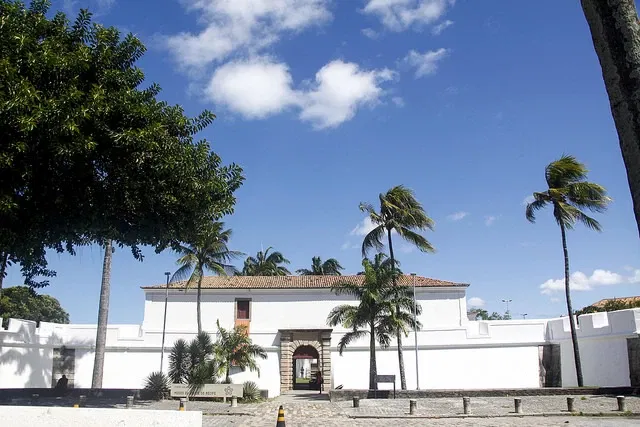
Recife City Museum
RecifeThe Recife City Museum is a significant cultural institution located in Recife, the capital of Pernambuco. Established in 1982, the museum is housed in the Fort of São Tiago das Cinco Pontas, situated in the southern part of the city. The museum is under the administration of the Secretariat of Culture of the Municipality of Recife, further emphasizing its importance in the cultural landscape of the city.
Museu de Porto Alegre Joaquim Felizardo
Porto AlegreThe Joaquim Felizardo Museum of Porto Alegre is a historical museum situated in the city of Porto Alegre, the capital of the Brazilian state of Rio Grande do Sul. The museum is housed in the Lopo Gonçalves Manor House, which is located at 582 João Alfredo Street. This location is steeped in history and provides a unique setting for the museum.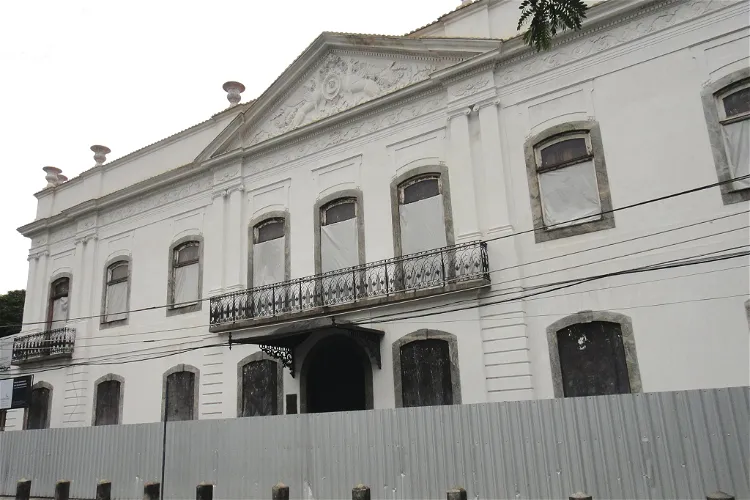
Casa da Marquesa de Santos - Museum of Brazilian Fashion
Rio de JaneiroThis Neo-Classical building situated off the beaten path holds a collection of artefacts from the Brazilian Belle Epoque.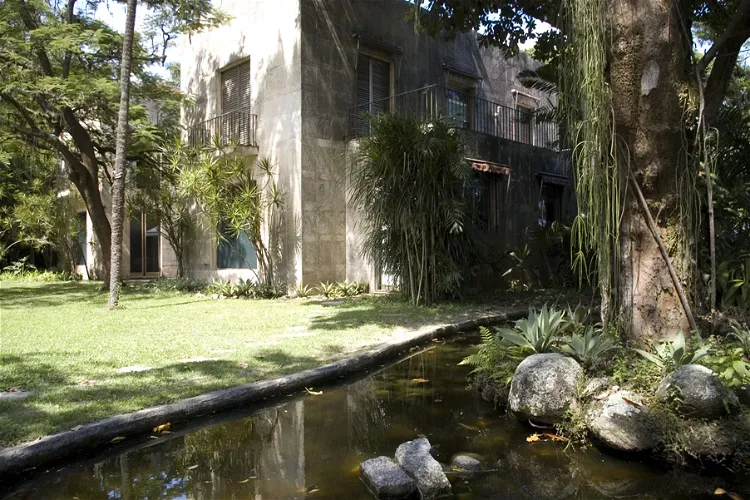
Chácara do Céu Museum
Rio de JaneiroThe Chácara do Céu Museum is an art museum situated in the Santa Teresa neighborhood of Rio de Janeiro, Brazil. This museum is part of the Castro Maya Museums, along with the Açude Museum. The museum is housed in one of the former residences of businessman and patron Raymundo Ottoni de Castro Maya, known since 1876 as Chácara do Céu.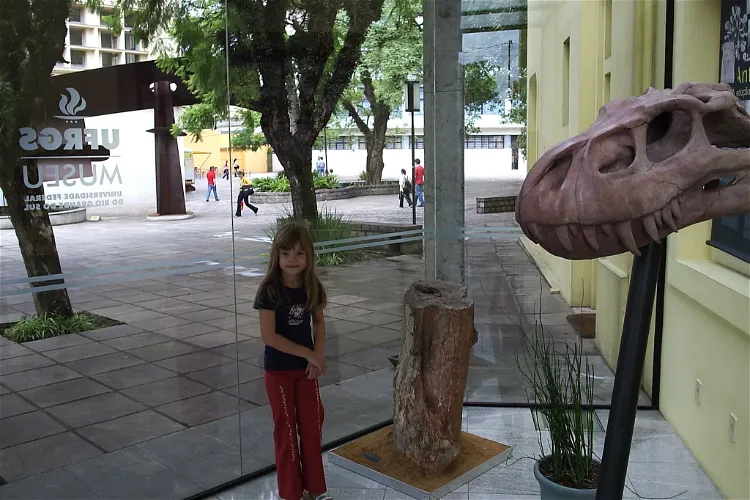
Institute of Geosciences of the Universidade Federal do Rio Grande do Sul
Porto AlegreThe Institute of Geosciences is not only an academic institution but also a caretaker of three museums. These museums offer a glimpse into the rich geological history and research conducted at the institute. Additionally, the institute publishes the Earth Sciences Research journal, contributing to the global scientific community.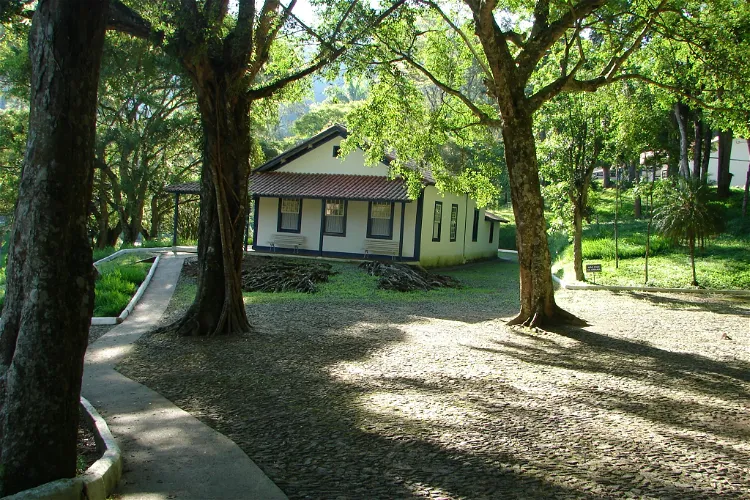
Cabangu Museum
Santos DumontThe Cabangu Museum is a significant cultural institution in Brazil, situated 16 kilometers away from the city center of Santos Dumont, in the state of Minas Gerais. This location offers visitors a chance to explore the rich history of the region while enjoying the scenic beauty of the surrounding area.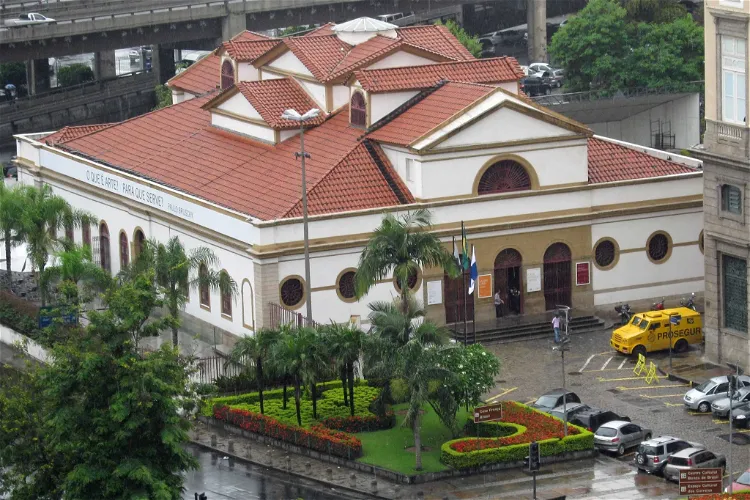
Casa França-Brasil
Rio de JaneiroCasa França-Brasil is a cultural center situated in the historic heart of Rio de Janeiro, Brazil. This historic property has been repurposed and now serves as a hub for cultural activities. It is a national cultural heritage site, recognized by the National Historical and Artistic Heritage Institute (IPHAN).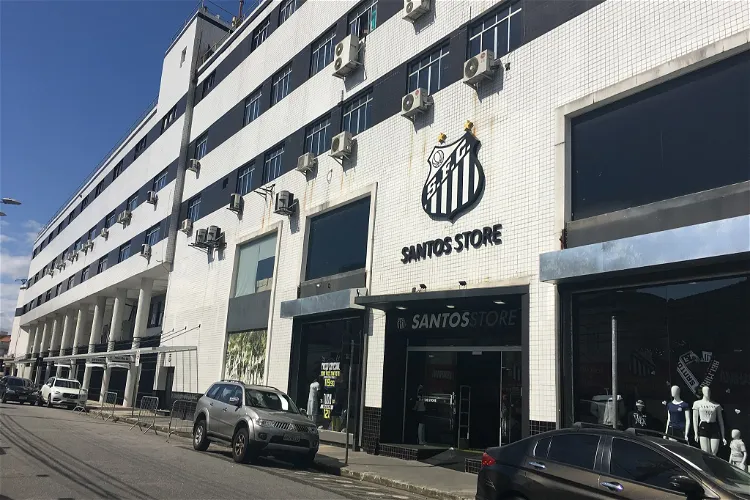
Memorial of Achievements
SantosThe Memorial das Conquistas “Milton Teixeira” is a museum situated in the Urbano Caldeira Stadium, also known as Vila Belmiro, in Santos. The museum is dedicated to preserving and showcasing the history and main achievements of Santos Futebol Clube. It houses a variety of records and objects that provide a glimpse into the club's illustrious past.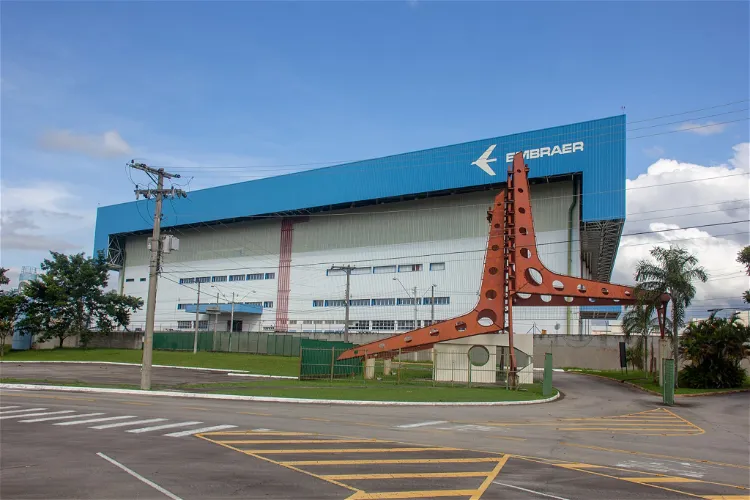
MAB Brazilian Aerospace Memorial
São José dos CamposThe Memorial Aeroespacial Brasileiro (MAB) is a museum situated in São José dos Campos, in the state of São Paulo, Brazil. Established in 2004 by the Department of Science and Technology Aerospace (DCTA), the museum's primary objective is to preserve and showcase the history of Brazil's aerospace industry.
Museum of Paleontology
MaríliaThe Marília Museum of Paleontology is a science museum situated in the city of Marília, in the state of São Paulo, Brazil. It is a significant location for those interested in paleontology and the history of life on Earth.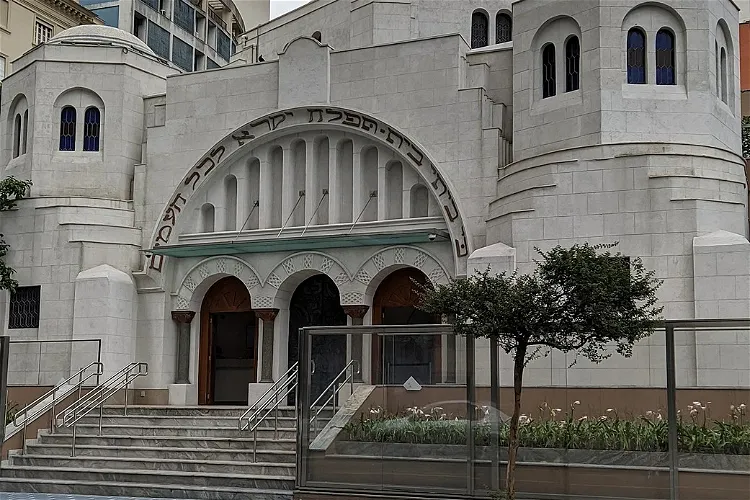
Jewish Museum of São Paulo
São PauloThe Jewish Museum of São Paulo is a cultural institution located in São Paulo, Brazil. It is dedicated to preserving and showcasing the history and culture of the Jewish community in Brazil.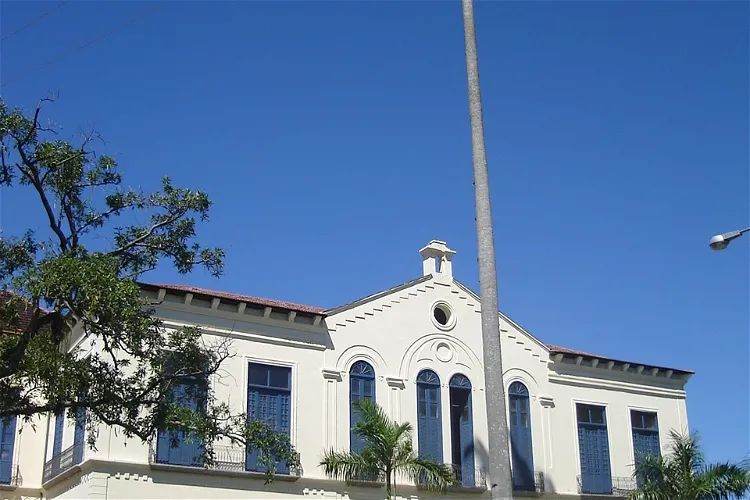
Écomusée du Quarteirão cultural do Matadouro
Rio de JaneiroThe Ecomuseu Comunitário de Santa Cruz is an ecomuseum situated in the historic block of the Matadouro de Santa Cruz, in the Santa Cruz neighborhood of Rio de Janeiro. This location is steeped in history and offers a unique insight into the local culture and heritage.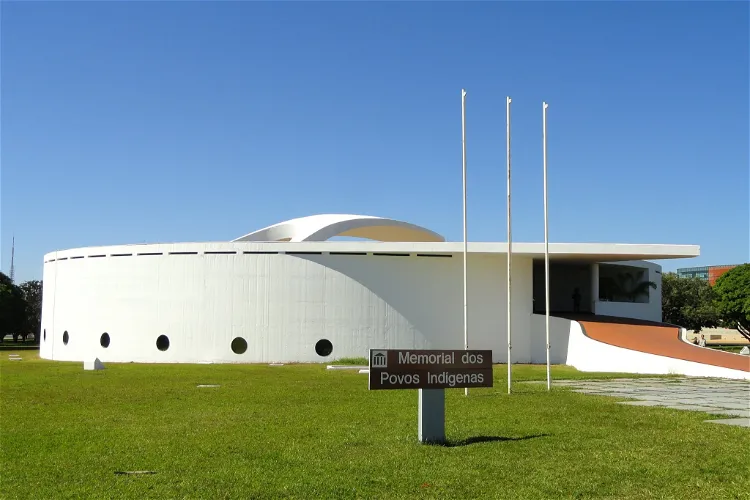
Memorial of Indigenous Peoples
BrasíliaThe Memorial of Indigenous Peoples (MPI) is a museum, cultural center, and research institution located in Brasília. It is dedicated to the preservation and promotion of Brazilian indigenous culture. The museum is situated in the Civic-Administrative Zone of the Monumental Axis, between the JK Memorial and the Buriti Square, opposite the Legislative Chamber of the Federal District.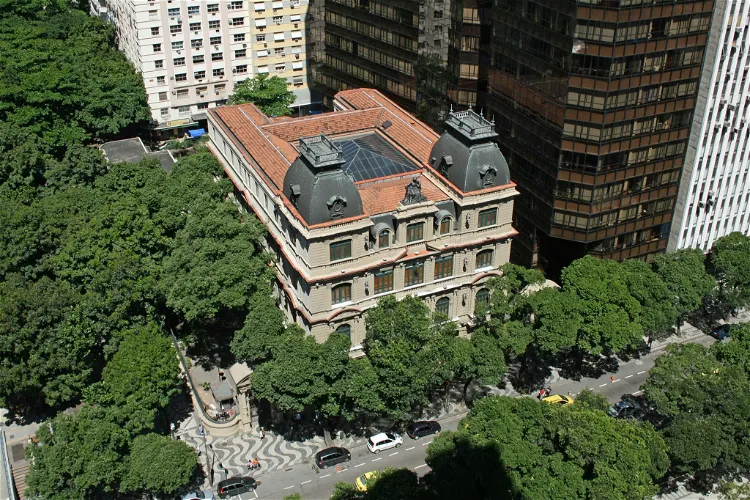
Federal Justice Cultural Center
Rio de JaneiroThe former home of the federal court has been transformed into a cultural centre - check out their exhibitions and events.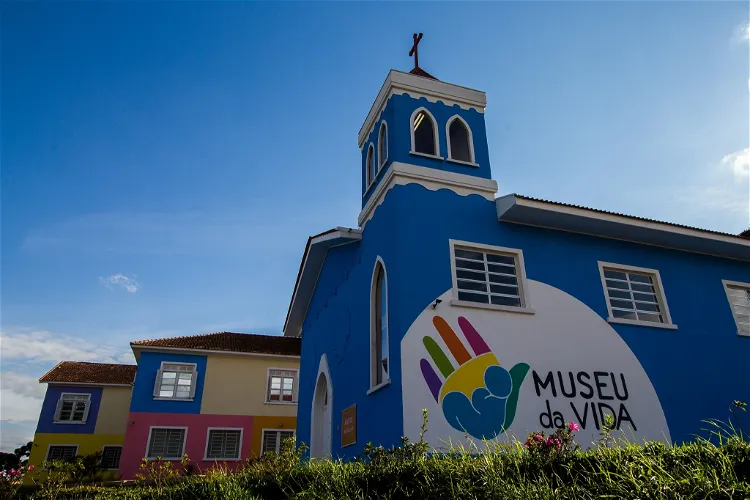
Museum Of Life
CuritibaThe Museum of Life, established in January 2014 by the Pastoral da Criança, serves as a platform for disseminating information and reflections on health, nutrition, education, and citizenship. This is achieved through various exhibitions and educational activities that the museum hosts.
Casa de Vidro
São PauloThe Casa de Vidro, or Glass House, is a significant architectural landmark in São Paulo, Brazil. It was designed by the renowned Italian architect Lina Bo Bardi and was constructed between the years 1950 and 1951. The house is located in the Morumbi region of São Paulo, a neighborhood known for its lush greenery and upscale residences.
Museu Abelardo Rodrigues
SalvadorThe Museu Abelardo Rodrigues is a Brazilian museum that is situated in the Solar Ferrão, in the historic district of Pelourinho, Salvador. This location is not only significant for its historical and architectural value but also for its cultural significance as it is in the heart of Salvador's old town.
Museu do Folclore de São José dos Campos
São José dos CamposThe Museu do Folclore de São José dos Campos is situated within the Parque Municipal Roberto Burle Marx, commonly referred to as Parque da Cidade. This park is recognized as a preservation zone due to its rich historical, cultural, and architectural value. The museum, which is part of the Fundação Cultural Cassiano Ricardo (FCCR) and managed by the Centro de Estudos da Cultural Popular (CECP), was established in 1987 to highlight and preserve the region's folklore.
Diamond Museum
Diamantina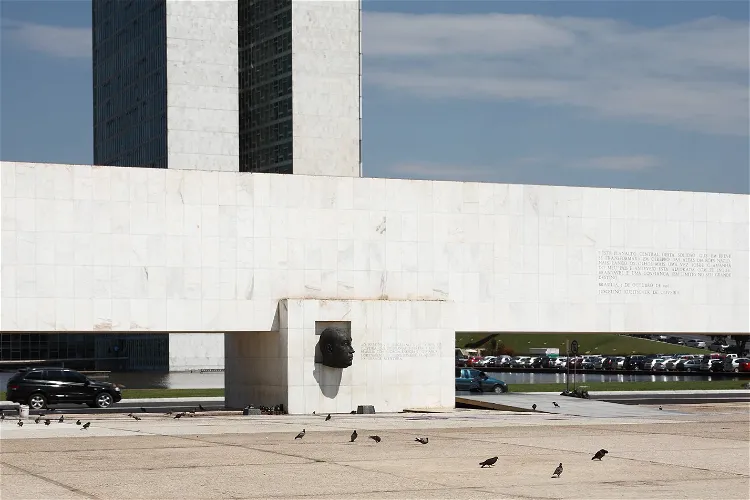
City Museum
BrasíliaThe City Museum, also known as the Historical Museum of Brasília, holds the distinction of being the oldest museum in the federal capital. It was inaugurated on the same day as the city itself, marking it as a significant historical landmark.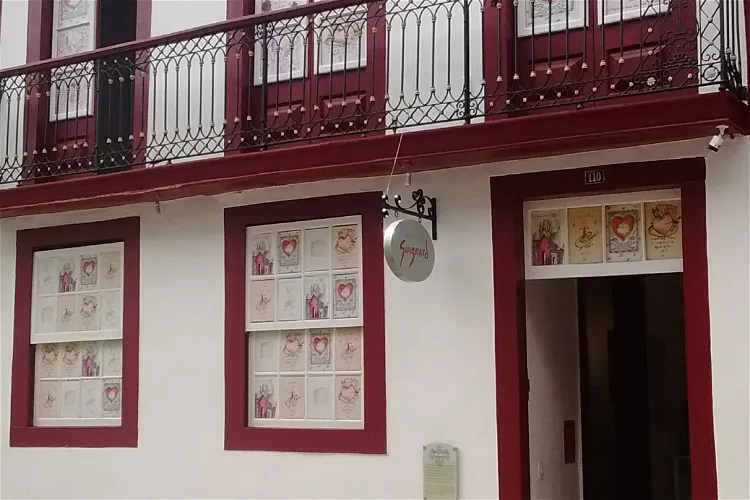
Museu Casa Guignard
Ouro PretoThe Museu Casa Guignard, located in Ouro Preto, Minas Gerais, has a rich history that dates back to 1960. However, it was officially inaugurated in 1986. This museum is a significant part of the cultural landscape of the region.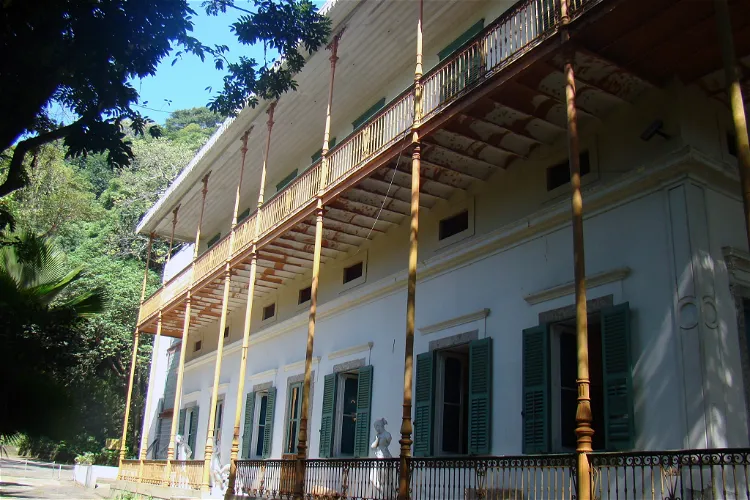
Museu Histórico da Cidade
Rio de JaneiroThe Museu Histórico da Cidade do Rio de Janeiro, also known as Museu da Cidade, is a museum located in Rio de Janeiro, Brazil. It was established in 1934 and is housed in a complex of several buildings, including two 19th-century structures dedicated to exhibitions. The museum complex is situated in the municipal natural park Parque da Cidade in the Gávea neighborhood.
Kubitschek Residence Museum
DiamantinaThe Kubitschek Residence Museum is a unique museum house situated on the picturesque shore of Lake Pampulha in Belo Horizonte, Minas Gerais, Brazil. This location offers visitors a chance to explore the museum while also enjoying the beautiful surroundings of the lake. The museum is easily accessible and provides a unique insight into the life and times of Juscelino Kubitschek.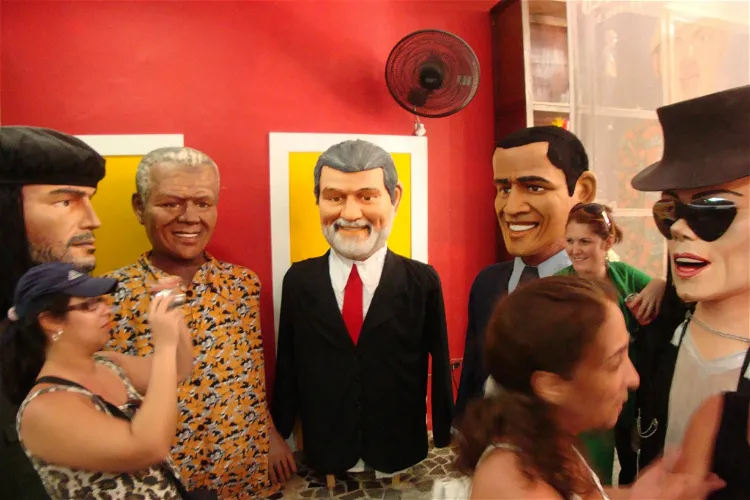
Embassy of Pernambuco - Olinda Dolls Giants
RecifeThe Embassy of the Giant Dolls, also known as 'Olinda dolls', is a permanent exhibition that showcases popular allegories of the Carnival of Pernambuco. These giant dolls are a significant part of the local culture and are a unique attraction for visitors.
Naval Museum
Rio de JaneiroThe Naval Museum is situated in the heart of Rio de Janeiro, Brazil. This central location makes it easily accessible for tourists visiting the city. The museum is dedicated to preserving the naval history of Brazil, making it a significant cultural and historical site.
Nau Capitânia
Rio de JaneiroThe Nau Capitânia is a replica of a Portuguese caravel, a type of ship that was used during the era of great discoveries. This replica was built to commemorate the 500th anniversary of the discovery of Brazil. It is a significant piece of history that provides a glimpse into the maritime past of the country.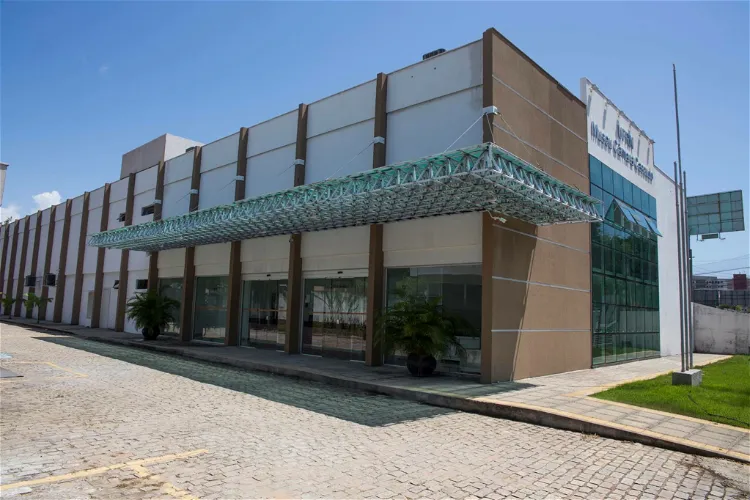
Museum Cascudo-UFRN
NatalA great museum for all those interested in natural sciences and anthropology. It presents many artifacts ranging from fossils to sugar cane.
Museu Histórico Abílio Barreto
Belo HorizonteThe Museu Histórico Abílio Barreto (MHAB) is a significant cultural institution in Belo Horizonte. It is part of the Municipal Culture Foundation of the City Hall of Belo Horizonte, which is responsible for promoting and preserving the city's cultural heritage. The museum is located in the Cidade Jardim neighborhood, making it easily accessible for tourists visiting the city.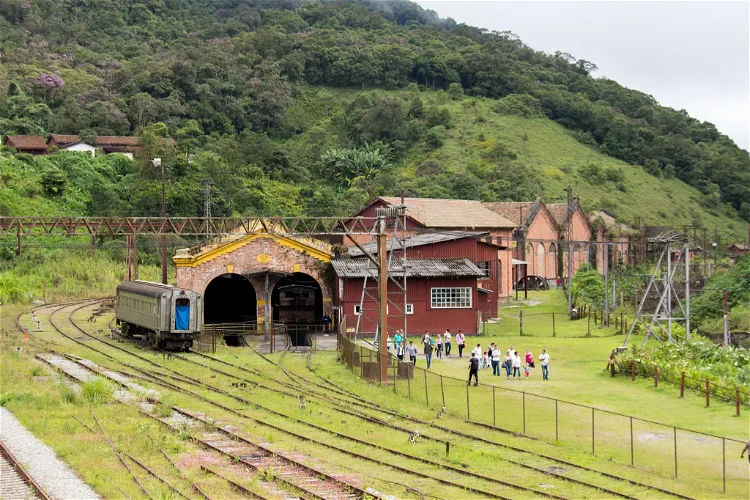
Technological Railway Museum of Funicular
Santo AndréThe Technological Railway Museum of Funicular is a significant landmark located at the top of the Serra do Mar in the state of São Paulo. It is situated in the historic Vila de Paranapiacaba, a place rich in history and culture. This location offers a unique blend of technological and historical exploration for visitors.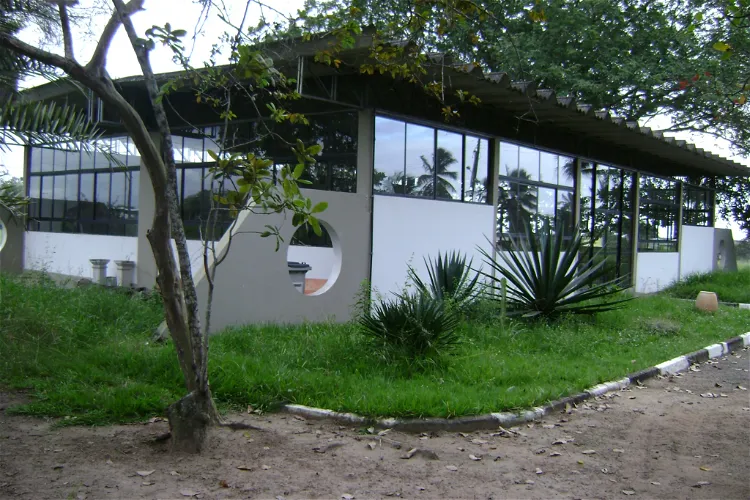
Museum House of the Wild
Feira de SantanaThe Museu Casa do Sertão is situated within the campus of the State University of Feira de Santana (UEFS). This museum, which is part of the university, was inaugurated on June 30, 1978. It's a significant part of the university's cultural and historical landscape, offering visitors a unique insight into the region's past.
Historic Train Station
LouveiraThe Louveira Train Station holds a significant place in history as it was the first railway station built and inaugurated by the Companhia Paulista de Estradas de Ferro (CPEF). This event took place on March 31, 1872, marking a milestone in the development of the railway system in the region.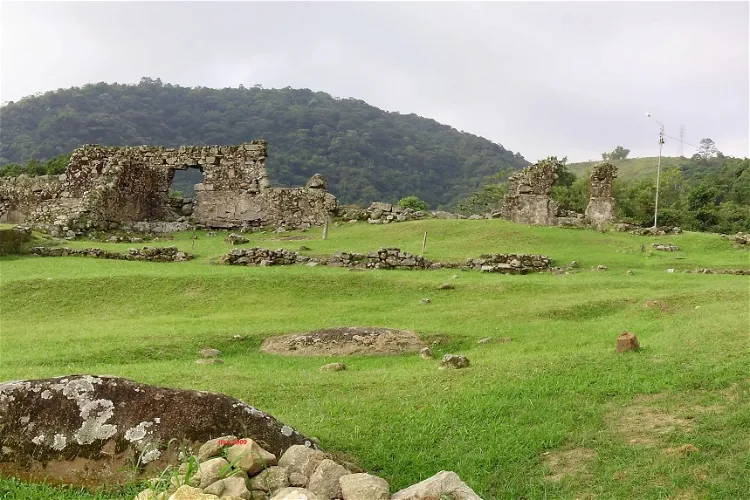
Engenho dos Erasmos
SantosEngenho dos Erasmos, also known as Engenho São Jorge dos Erasmos, is a historical site located on the island of São Vicente in Brazil. This former sugar cane facility was built around 1534 and was predominantly owned by the Schetz family throughout its operational years. Today, it stands as a ruin and has been declared a national monument, attracting tourists from all over the world.
Museu da Comunicação Hipólito José da Costa
Porto AlegreThe Museu da Comunicação Hipólito José da Costa is a significant cultural institution in Brazil, situated in the city of Porto Alegre, on Andradas Street. This location is easily accessible for tourists visiting the city, making it a convenient stop for those interested in the history and evolution of communication.
Brazilian Submarine Riachuelo
Rio de JaneiroThe S Riachuelo (S-22) is a submarine that has been converted into a museum by the Brazilian Navy. It is the seventh ship of the Brazilian fleet to bear this name, which pays tribute to the Naval Battle of Riachuelo that took place in 1865. This historical event is a significant part of Brazilian naval history, making the submarine a symbol of national pride and heritage.
USS McAnn
Rio de JaneiroIn 1944, the USS McAnn was transferred to the Brazilian Navy and was renamed as Bauru. This marked a significant transition in the ship's history, as it continued to serve under a different flag.- 139
Museu Memorial Noronhense
Vila dos Remédios 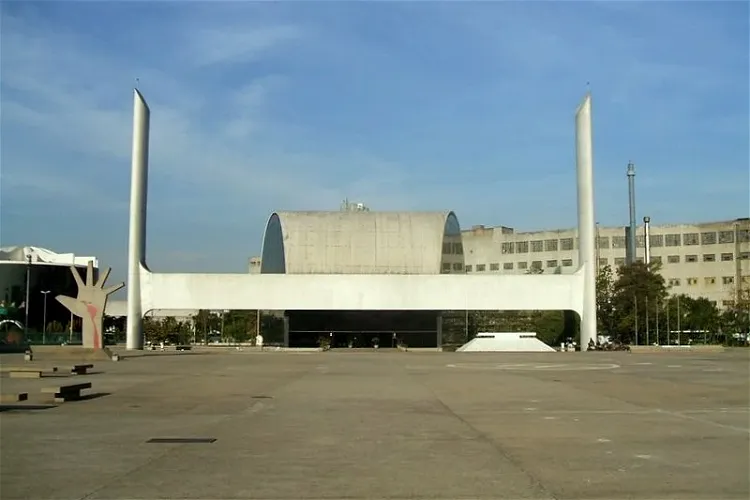
Salão de Atos Tiradentes
São Paulo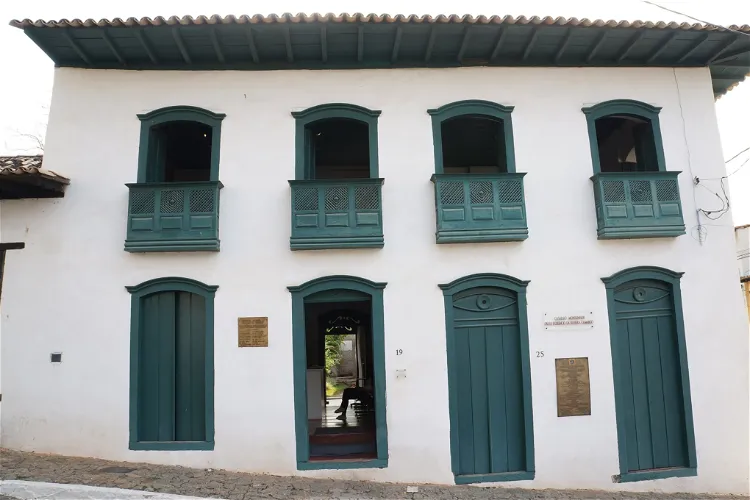
Casarão Monsenhor Paulo Florêncio da Silveira Camargo
Santana de ParnaíbaConstructed in the 18th century, during the height of the Bandeirismo period, the Casarão Monsenhor Paulo Florêncio da Silveira Camargo stands as a testament to the architectural style of the era. It is one of the few remaining Bandeirista houses and uniquely, it is the only one located in an urban area.- 142
Joaquim Nabuco Foundation
RecifeThe Joaquim Nabuco Foundation was established with the purpose of preserving the historical and cultural legacy of Joaquim Nabuco. The foundation places a particular emphasis on the North and Northeast regions of Brazil. This makes it a significant institution for understanding the cultural and historical context of these regions. 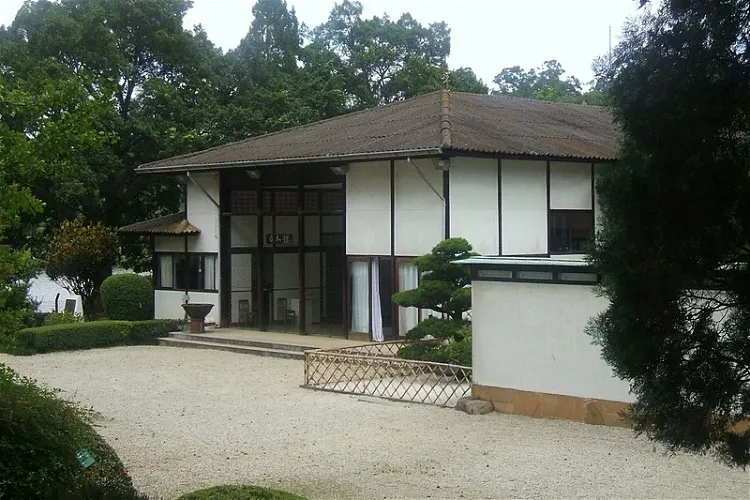
Pavilhão Japonês
São Paulo
Rampa, Natal
NatalThe Rampa complex is currently under renovation to become the Rampa Cultural Complex, which will include a museum and the Aviator Memorial. The theme of these attractions will be Natal's participation in World War II. Once completed, the complex will have the necessary infrastructure to host various activities and cultural and popular institutions. This information could be useful for tourists interested in cultural activities and learning about Natal's history.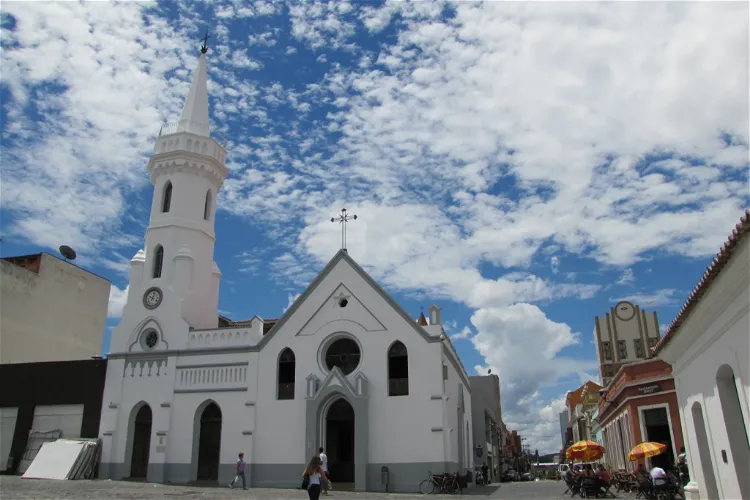
Museu de Arte Sacra da Arquidiocese de Curitiba
CuritibaThe Museu de Arte Sacra da Arquidiocese de Curitiba (MASAC) is an institution dedicated to preserving artifacts related to the history of the Catholic Church in Curitiba, the capital of Paraná. This museum is a part of the Archdiocese of Curitiba and plays a significant role in conserving the religious heritage of the region.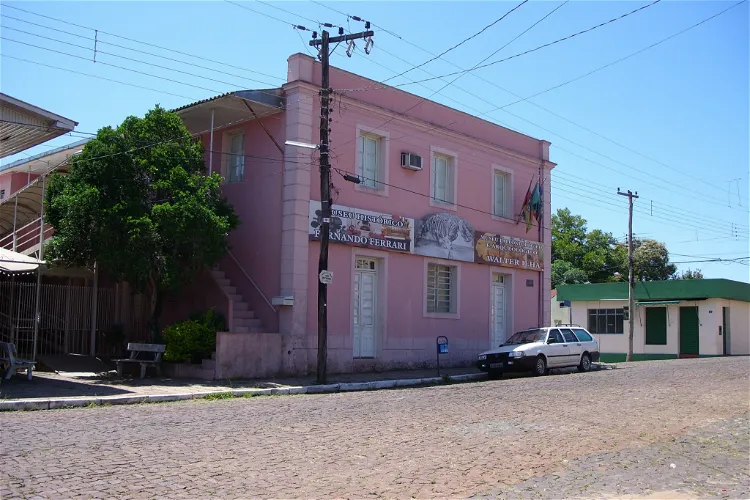
Paleontological and Archaeological Museum Walter Ilha
São Pedro do SulThe Walter Ilha Paleontological and Archaeological Museum is situated in São Pedro do Sul, Rio Grande do Sul, Brazil. Specifically, it is located at 164 Fernando Ferrari Street. This location is easily accessible and provides a great opportunity for tourists to explore the rich history and culture of the region.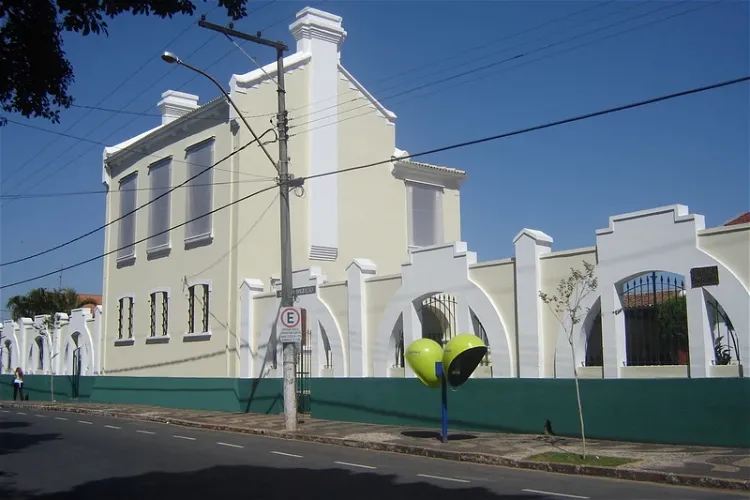
Immigration Museum (Santa Bárbara d'Oeste)
Santa Bárbara d'OesteFollowing the American Civil War, thousands of white people from the southern states of the United States sought refuge in Brazil. They went on to establish the cities of Americana and Santa Bárbara d’Oeste, which are now rich in history and culture.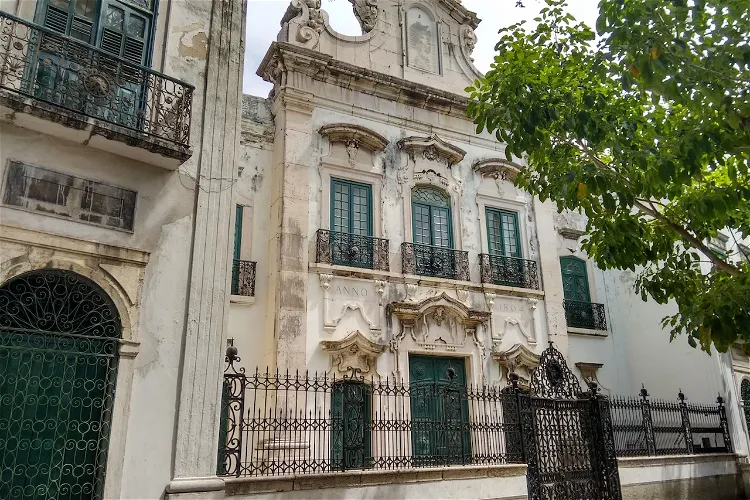
Franciscan Museum of Religious Art
RecifeThe Franciscan Museum of Sacred Art is situated in Recife, the capital city of Pernambuco in Brazil. The museum is dedicated to the preservation of objects of worship and sacred art. It provides a unique opportunity for visitors to explore the rich religious history and culture of the region.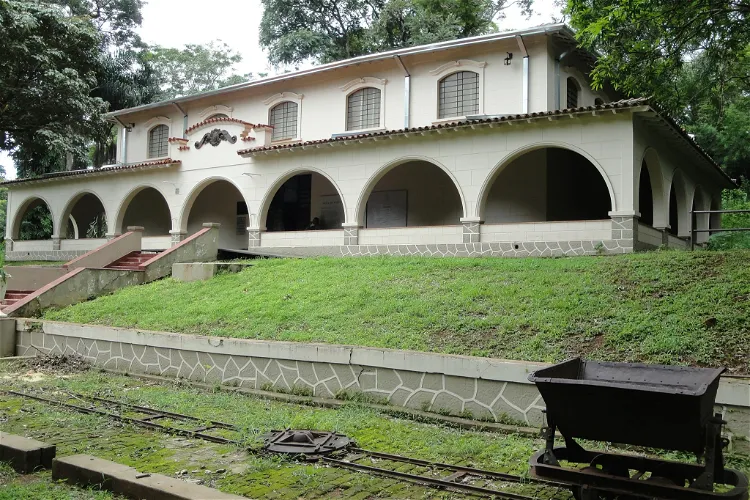
Museo del Café Francisco Schmidt
Ribeirão PretoThe Museu do Café Francisco Schmidt is located in the city of Ribeirão Preto, in the interior of the state of São Paulo, southeastern Brazil. The museum is dedicated to the history of coffee cultivation in this region and is named after Francisco Schmidt, the former owner of the estate where the museum is situated. This museum provides a unique insight into the rich history of coffee cultivation in Brazil, making it a fascinating destination for those interested in learning more about this aspect of Brazilian culture.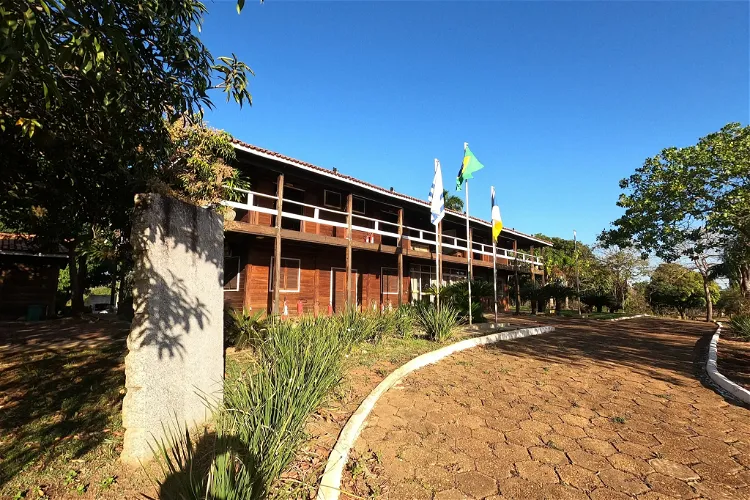
Tocantins History Museum
PalmasThe Tocantins Historical Museum is a state public museum situated in Palmas, the capital city of the state of Tocantins in Brazil. This museum is a significant cultural institution in the region, offering visitors a chance to delve into the rich history and heritage of Tocantins.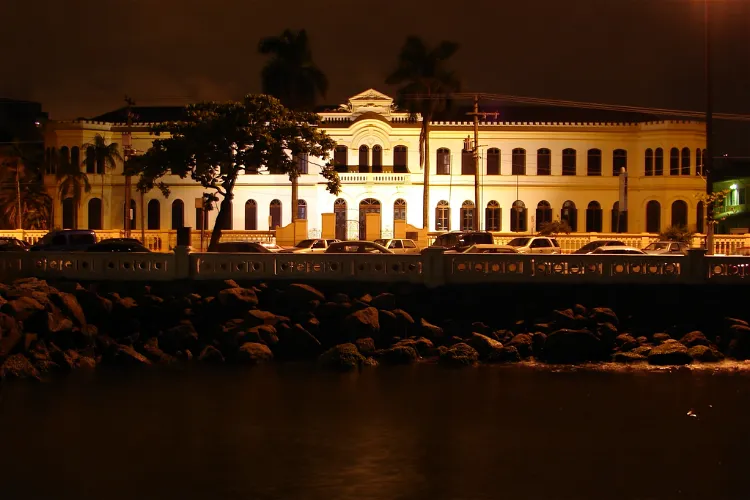
Fishing Museum
SantosThe Fishing Museum of Santos, also known as the Instituto de Pesca de Santos, is a significant institution in Santos, São Paulo. It is dedicated to the scientific and cultural exploration of marine resources, focusing on their preservation and utilization. The museum offers a unique insight into the marine life and the importance of its conservation, making it an interesting destination for tourists interested in marine biology and ecology.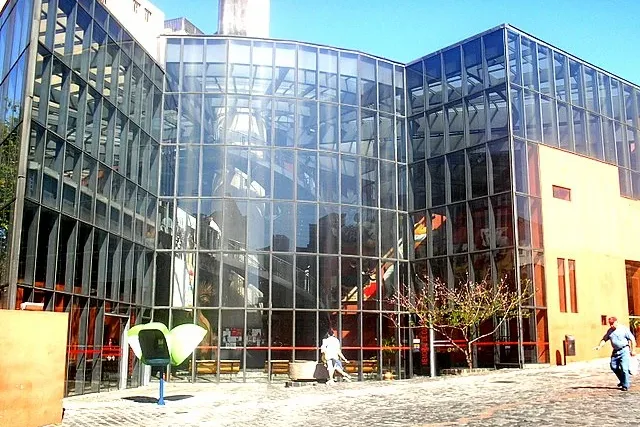
Memorial de Curitiba
CuritibaThe Memorial de Curitiba is a cultural hub located in the historic center of Curitiba, the capital of the State of Paraná. This public space is dedicated to a variety of cultural activities, making it a vibrant spot for locals and tourists alike.- 153
Museu do Círio
BelémThe Museu do Círio houses a rich documentary collection that provides insight into the history of popular devotion surrounding the celebration of the Círio de Nossa Senhora de Nazaré. This event is the largest religious manifestation of the State of Pará and one of the largest in Brazil and the world. Celebrated since 1793 in the city of Belém do Pará, it is listed as Brazilian intangible cultural heritage. 
Museu da Eletricidade do Rio Grande do Sul
Porto AlegreThe Museu da Eletricidade do Rio Grande do Sul (MERGS) is a museum in Brazil, situated in the city of Porto Alegre. It is a significant cultural institution that provides insights into the history and development of electricity in the region.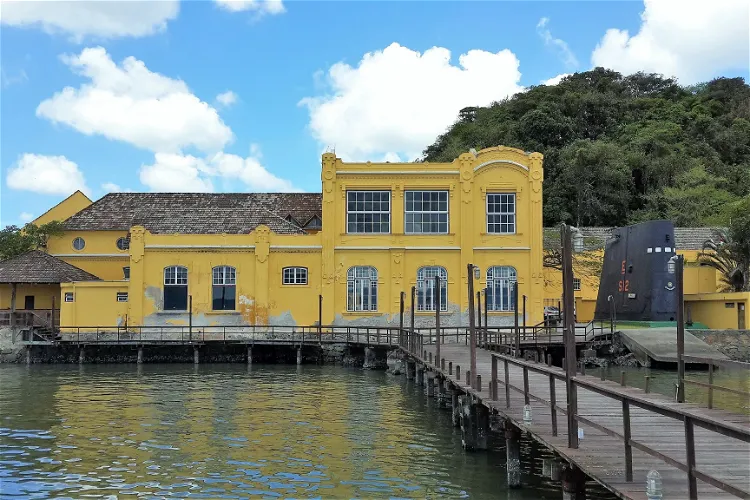
Sea National Museum Craft Brazilian
São Francisco do SulThe Sea National Museum, located in São Francisco do Sul, Santa Catarina, Brazil, was established in 1993. It was created with resources from the strategic investment program of the state government of Santa Catarina and the municipal city hall, with the permanent participation of IPHAN.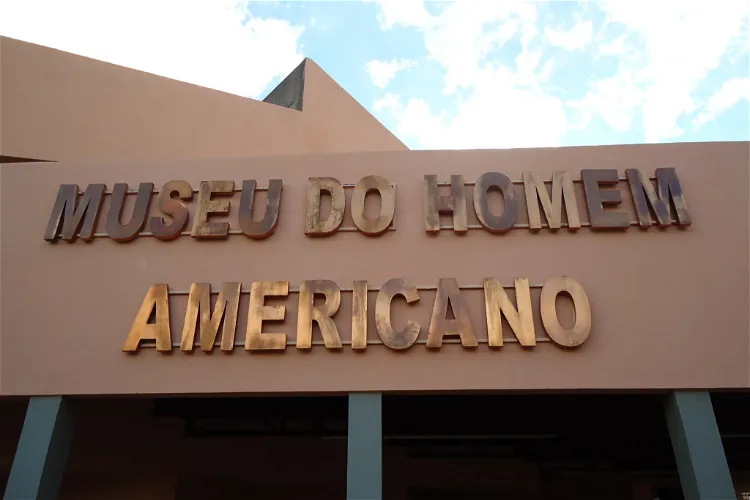
Museum of American Man
São Raimundo NonatoThe Museum of the American Man is a treasure trove of history, housing more than 700 archaeological sites. These sites contain paintings that date back to over 12,000 years ago, offering a glimpse into the ancient past. The museum's collection is regularly updated as new discoveries are made, ensuring that there is always something new to explore.- 157
Museu de Ciência e Técnica da Escola de Minas
Ouro PretoThe Museu de Ciência e Técnica da Escola de Minas is a significant landmark situated in the city of Ouro Preto, in the State of Minas Gerais, Brazil. This location is known for its rich history and cultural significance, making it an interesting destination for tourists. 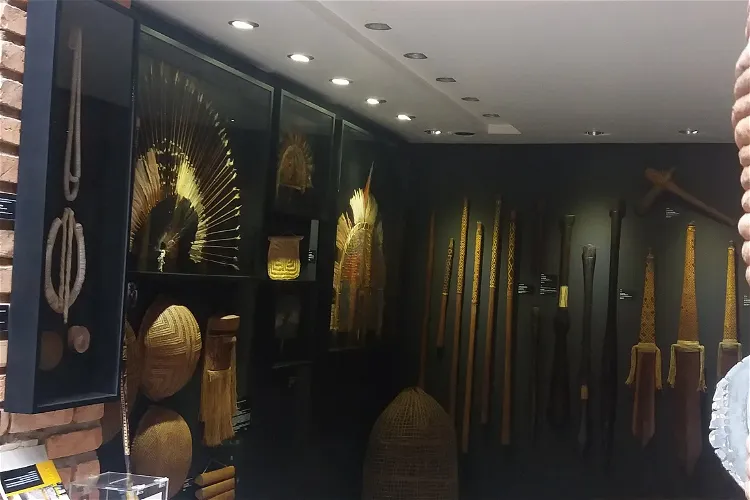
Xingu Museum
São PauloThe Xingu Museum is a private institution situated in São Paulo. It houses a collection of indigenous artifacts that were previously owned by the renowned anthropologist, Orlando Villas Bôas. This unique collection provides a glimpse into the rich cultural heritage of the indigenous communities of Brazil.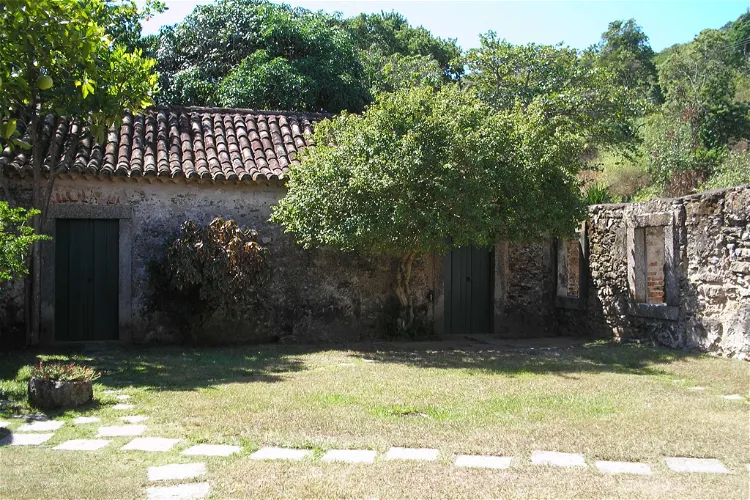
Archaeological Museum of Itaipu
NiteróiThe Archaeological Museum of Itaipu (MAI) is situated in the city of Itaipu, which is part of Niterói, in the state of Rio de Janeiro, Brazil. The museum is a unit linked to the Brazilian Institute of Museums, an organ of the Ministry of Culture. It started its activities on March 22, 1977.- 160
Historical and Geographical Institute of Rio Grande do Norte
NatalLocated right in the city center, the institution houses various documents concerning the history of the city as well as the region. 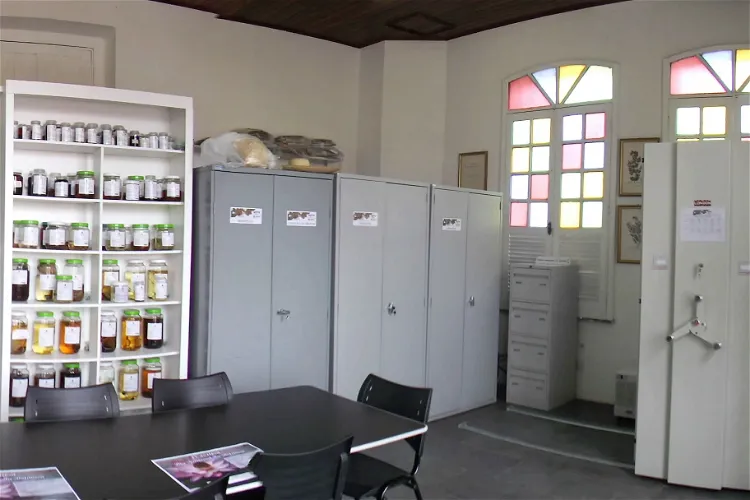
Herbário Profª Drª Marlene Freitas da Silva
BelémThe Herbário Profª Drª Marlene Freitas da Silva (MFS) is a university herbarium located in the city of Belém. It is a part of the State University of Pará (UEPA) and is named in honor of the botanist Marlene Freitas da Silva, a renowned taxonomist from the Amazon specializing in the botanical family Leguminosae. The herbarium is registered under the acronym MFS in the Index Herbariorum.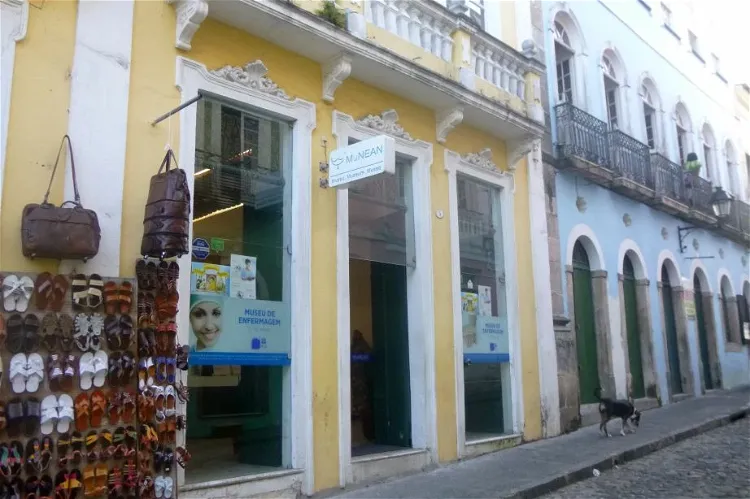
MuNEAN- National Museum of Nursing Anna Nery
SalvadorA museum devoted to the hard work of nurses taking care of patients throughout history is an interesting place to stop by.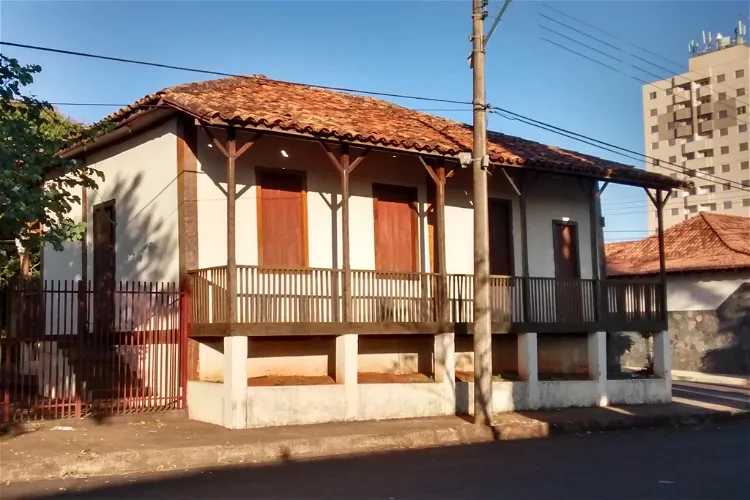
Historical Museum Taipa House
Assis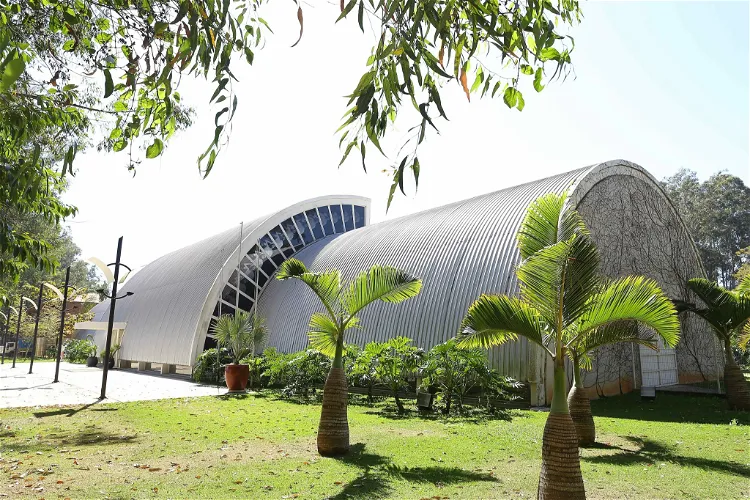
Museu Mazzaropi
TaubatéThe Museu Mazzaropi, situated in the city of Taubaté, is a tribute to the Brazilian filmmaker and comedian Amácio Mazzaropi. This museum provides an insight into the life and career of this renowned artist, making it a significant destination for those interested in Brazilian cinema and comedy.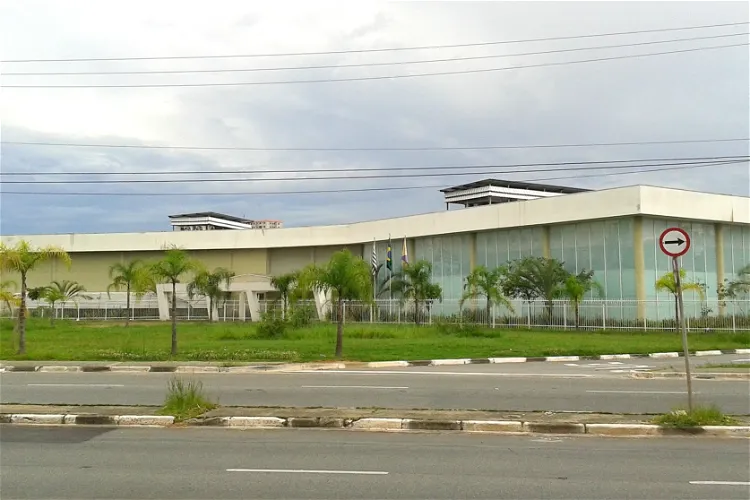
Museu da Biblia
Barueri
Museu Monteiro Lobato
TaubatéThe Museu Monteiro Lobato is a public cultural institution, established by decree nº33909 on November 4, 1958. It is situated at the Sítio do Picapau Amarelo, in the Brazilian city of Taubaté, in the State of São Paulo. This location is significant as it is the birthplace and childhood home of the renowned writer Monteiro Lobato.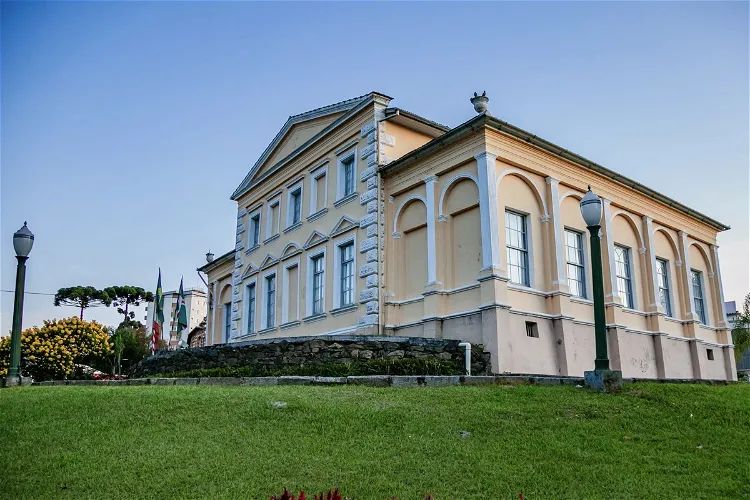
Museu Histórico Municipal Dr. Felippe Maria Wolff
São Bento do Sul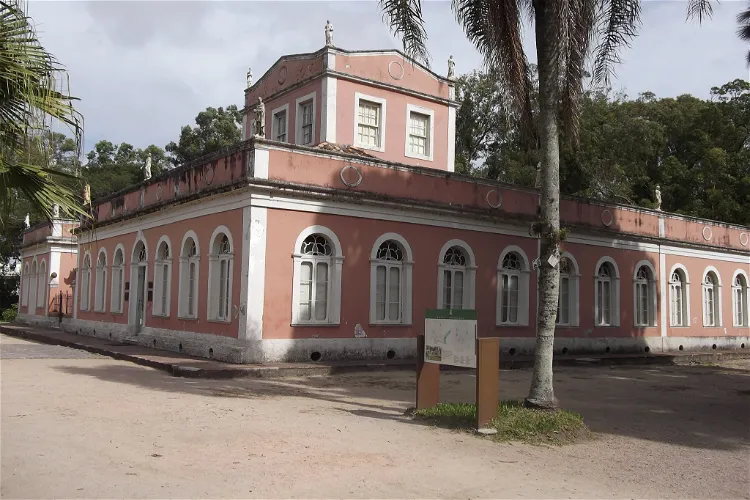
Museu da Baronesa
PelotasThe Museu da Baronesa is housed in an old residence built in 1863, in the former Chácara dos Barões de Três Serros. This historic building adds to the museum's charm and provides a fitting backdrop for the exhibits it contains.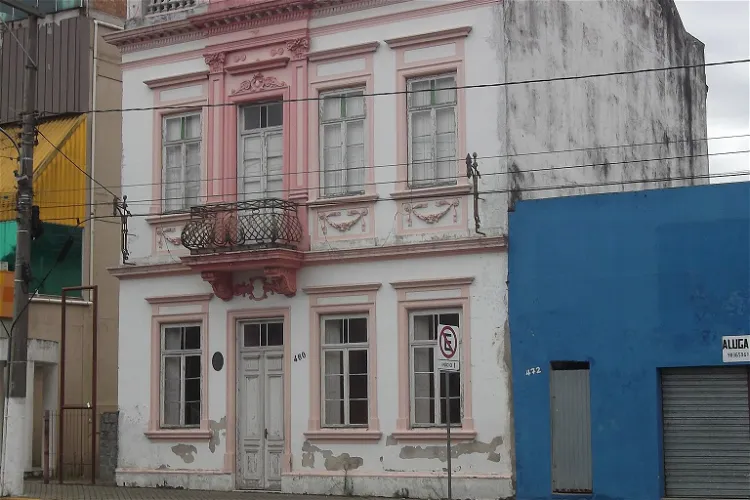
Museu Municipal Carlos Nobre
Guaíba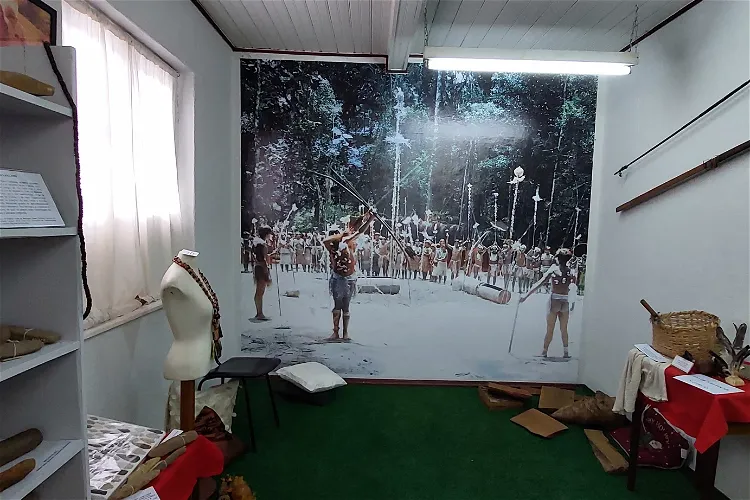
Museu Histórico Cultural de Rio do Sul Victor Lucas
Rio do Sul
Parque Histórico General Bento Gonçalves
CristalThe Parque Histórico General Bento Gonçalves spans an area of approximately 280 hectares. It features a native forest, ponds, fields and marshes, providing a diverse natural environment for visitors to explore. Additionally, the park also has space designated for camping.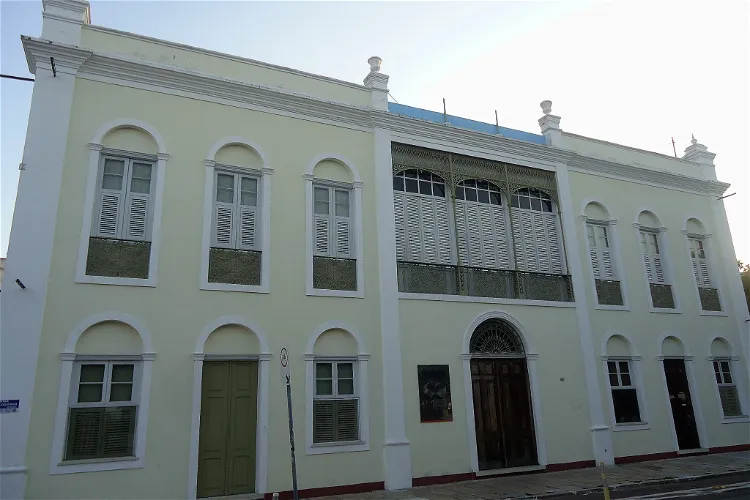
Industry Museum
FortalezaThe Industry Museum in Fortaleza is a cultural institution that aims to honor and preserve the memories of five centuries of industrial development in Ceará. The museum is a space that embraces both the past and the future, showcasing the region's rich industrial history while also looking forward to the new era of innovation, technology, and knowledge.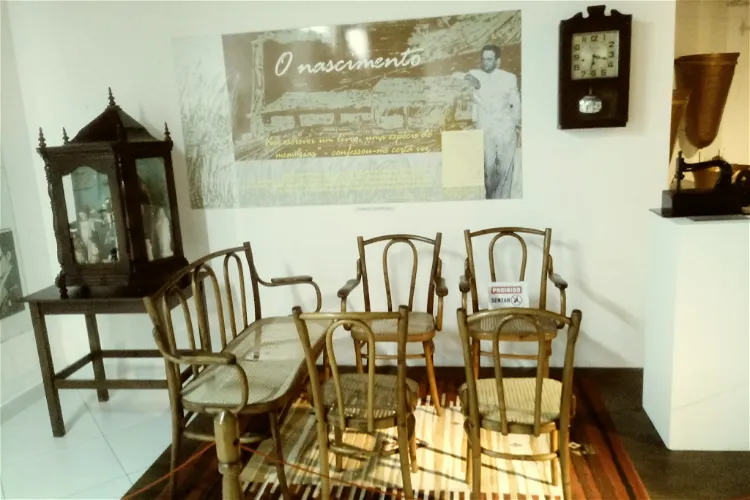
Museu José Lins do Rego
João PessoaThe Museu José Lins do Rego is situated in the Espaço Cultural José Lins do Rego, in João Pessoa, Paraíba. This location is a cultural hub in the city, making it a convenient spot for tourists interested in exploring the local culture and history.
Archaeological Museum Xingó
Canindé de São FranciscoThe Xingó Archaeology Museum, also known as MAX, is situated in Canindé de São Francisco, a city in the Sergipe state of Brazil. The museum is under the administration of the Federal University of Sergipe, making it a significant center for archaeological research and preservation in the region.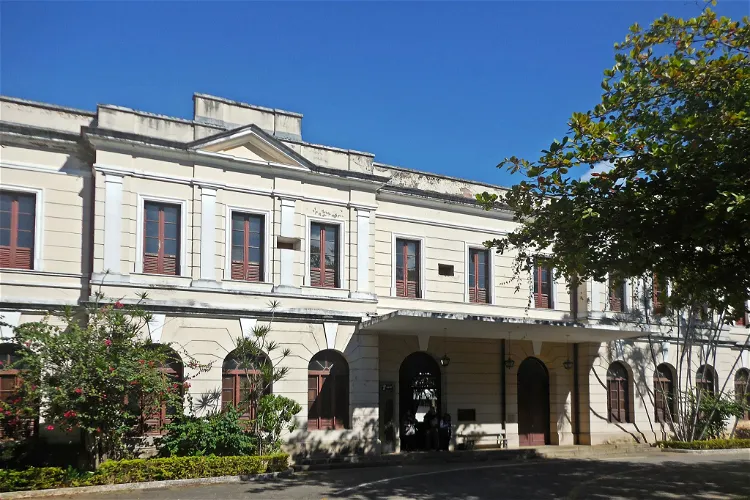
Juiz de Fora Railway Museum
Juiz de ForaThe Juiz de Fora Railway Museum, located in Juiz de Fora, Minas Gerais, is a significant site dedicated to the history of the railway in the municipality and also in Brazil. The museum was inaugurated in August 2003 and offers a deep dive into the rich railway history of the region and the country.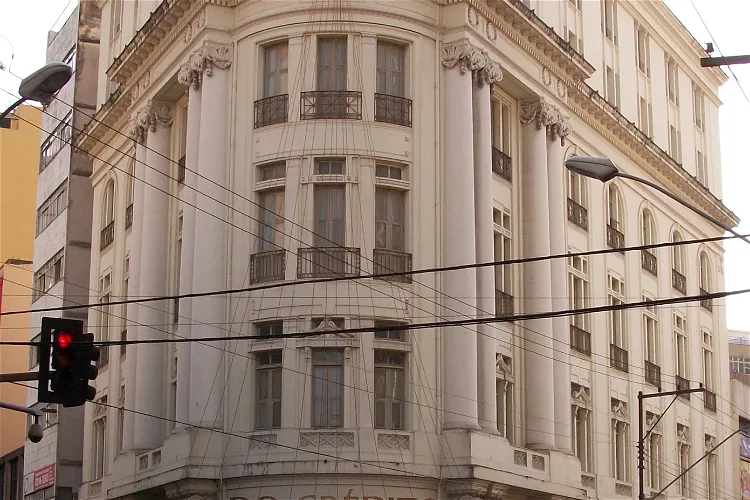
Museu do Crédito Real
Juiz de ForaThe Museu do Crédito Real is a Brazilian museum situated in the city of Juiz de Fora, in the state of Minas Gerais. It was established in 1964 by José Tostes de Alvarenga Filho, who was the president of the bank at the time. This museum is a testament to the rich history of banking in Brazil and offers a unique insight into the evolution of the financial sector in the country.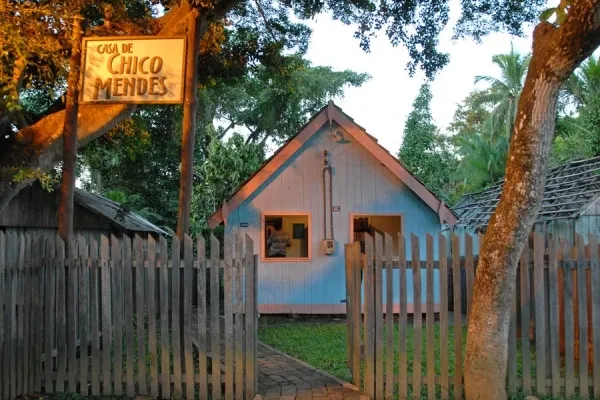
Casa de Chico Mendes
Pedro LeopoldoThe Casa de Chico Mendes is a significant historical site as it was the home of Chico Mendes, a renowned environmentalist and rubber tapper, who was assassinated here in 1988. This house is a poignant reminder of his life and struggle for the preservation of the Amazon rainforest.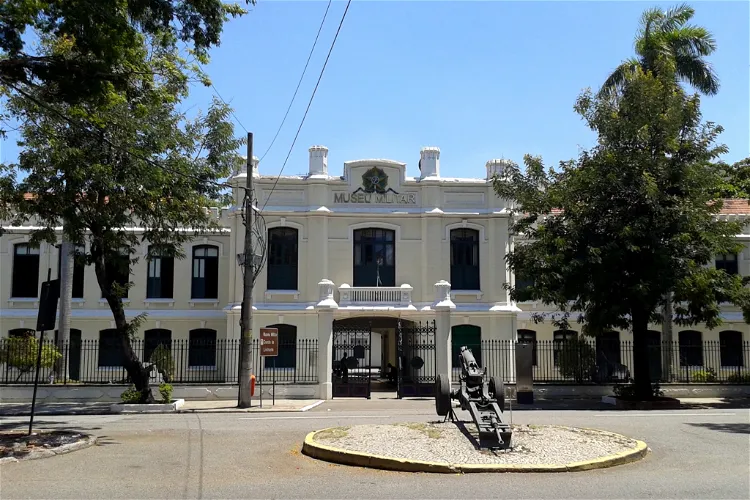
Military Museum Conde de Linhares
Rio de JaneiroThe Military Museum Conde de Linhares (MMCL) is situated in the São Cristóvão neighborhood of Rio de Janeiro, Brazil. This location is easily accessible and offers a unique insight into the military history of the country.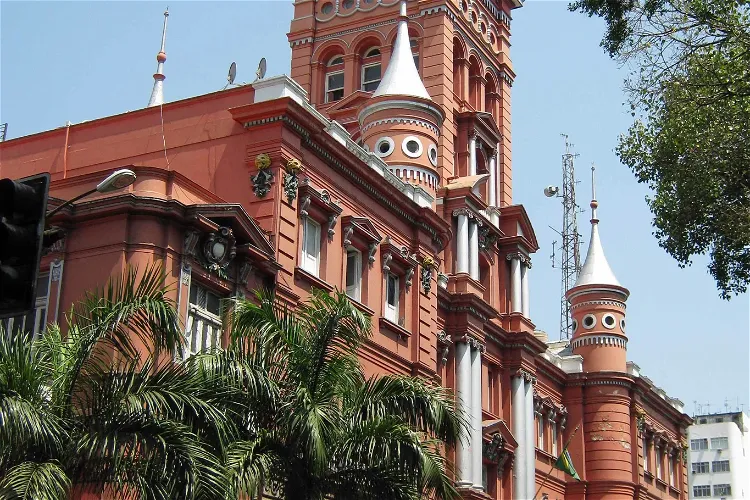
Fire Brigade Museum of Rio de Janeiro
Rio de Janeiro- 180
Centro Cultural da Justiça Eleitoral
Rio de Janeiro 
Museu Histórico Municipal de Bauru
BauruThe Museu Histórico Municipal de Bauru is a repository of a wide range of items that reflect the history of Bauru. These include photos, newspapers, magazines, documents, texts, pieces of furniture, objects, machines, tools, and equipment. This diverse collection provides a comprehensive insight into the city's past, making it a valuable resource for those interested in understanding Bauru's history.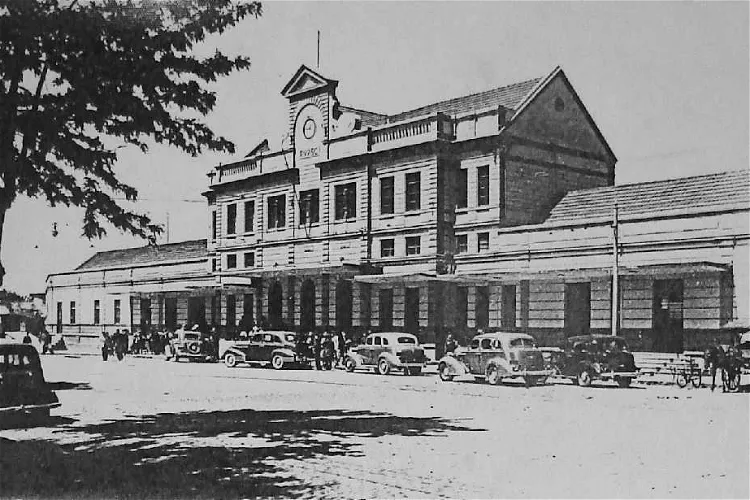
Railway Museum
CuritibaThe Railway Museum of Curitiba is housed in the historic Curitiba Railway Station, a building that was inaugurated in 1885. This location adds a layer of historical significance to the museum, as it was once a part of the Curitiba Paranaguá Railway until 1972.
Museum of the Inconfidência
Ouro PretoThe Museu da Inconfidência, also known as the Museum of the Inconfidência, is a historical institution dedicated to commemorating those who lost their lives in the Inconfidência Mineira, a failed rebellion movement for Brazilian independence from Portugal. This museum serves as a testament to the struggle for independence and the sacrifices made by those who fought for it.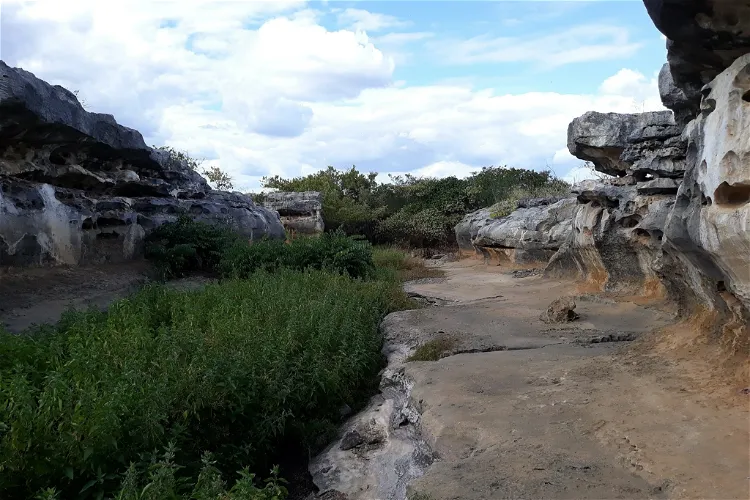
Sítio arqueológico Lajedo de Soledade
ApodiThe Lajedo de Soledade Archaeological Site is a significant landmark located in the Apodi Plateau, within the municipality of Apodi, in the state of Rio Grande do Norte. This site is notable for being the largest exposure of limestone rock in the Potiguar Basin, making it a unique geological feature in the region.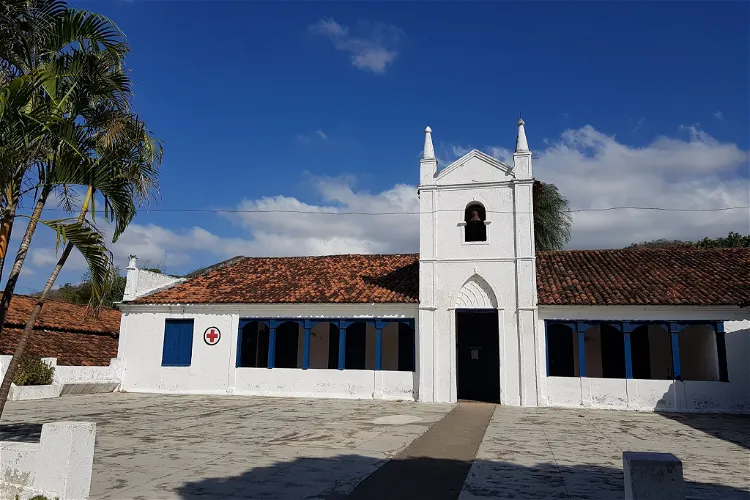
Cachaça Museum
MaranguapeThe Cachaça Museum, located in the city of Maranguape in the state of Ceará, Brazil, is a unique destination that offers a deep dive into the history of cachaça production. Established in 2000, the museum is situated at the site of the first production unit of Ypioca cachaça, one of Brazil's most traditional brands. This location not only provides a historical context but also adds a unique charm to the museum.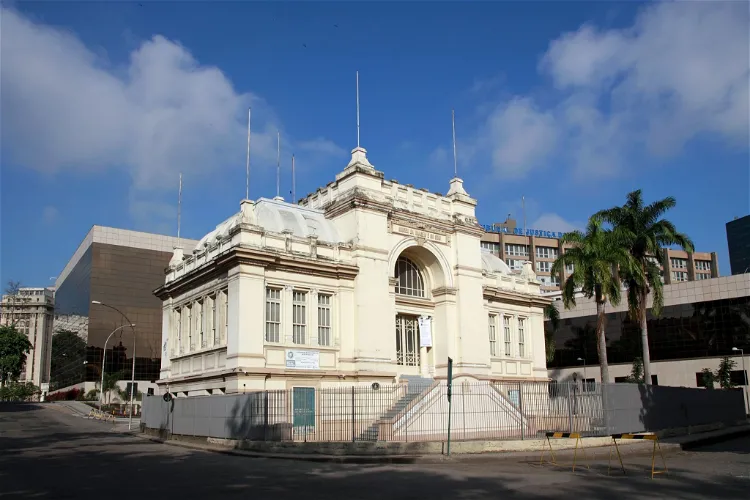
Museum of Image and Sound
Rio de JaneiroIf you'd like to explore the past of Brazil in a different way, come here and listen to the countless records or browse through the pictures.
Museu do Trabalho
Porto AlegreThe Museu do Trabalho, a Brazilian museum, is situated at Andradas Street 230, in Porto Alegre. The museum is open from Tuesday to Sunday, from 1:30 pm to 6 pm. This schedule allows visitors to plan their visit accordingly and make the most of their time exploring the exhibits.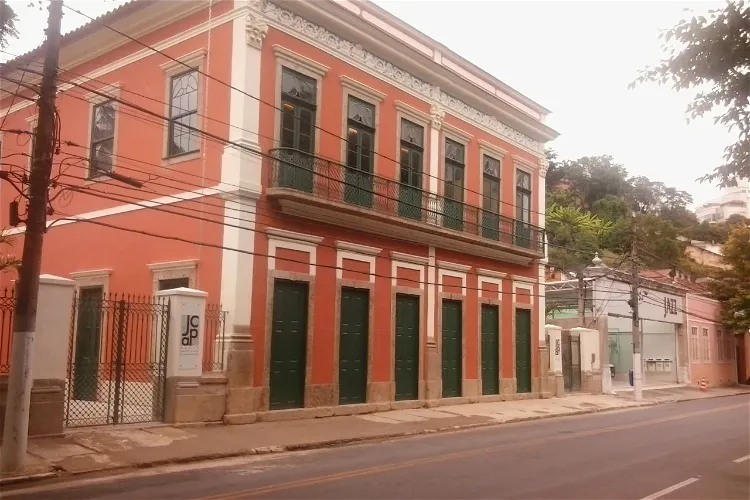
Janete Costa Museum of Popular Art
NiteróiThe Janete Costa Museum of Popular Art is housed in a historic mansion that dates back to 1892. This museum is located in the Ingá neighborhood of Niterói, a city in the state of Rio de Janeiro, Brazil. The location itself adds a touch of historical charm to the museum, making it an interesting destination for tourists who appreciate both art and history.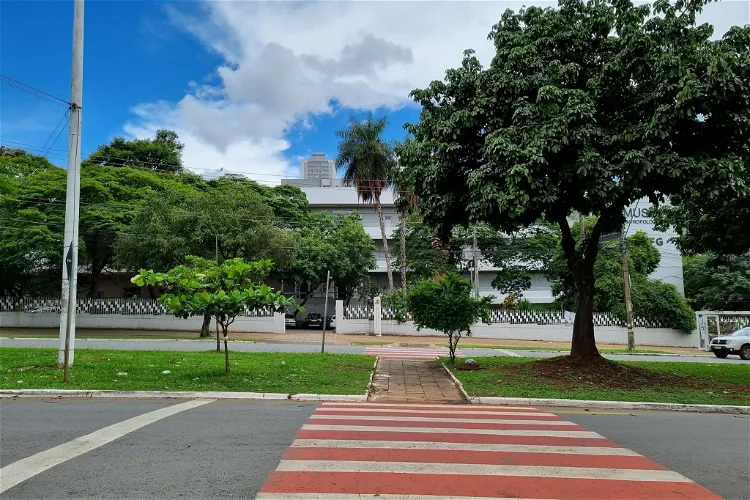
Anthropological Museum DDRH
GoiâniaThe Anthropological Museum of the Federal University of Goiás (UFG) is a significant cultural institution in Brazil. It is situated in Goiânia and is part of the university's extensive network of educational and cultural resources. The museum provides a unique opportunity for visitors to explore Brazil's rich anthropological history.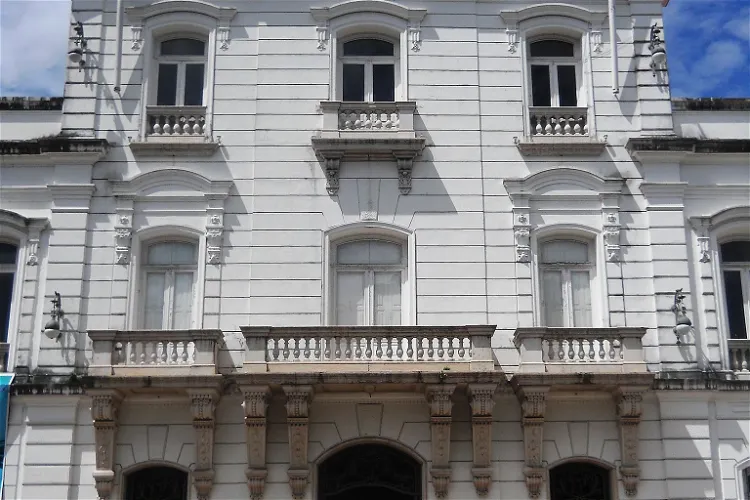
Pará State Museum
BelémThe Pará State Museum, also known as the Historical Museum of the State of Pará (MHEP), is a government-run institution established in 1981. It is situated in the Lauro Sodré Palace in the Old City district of Belém, in the state of Pará. The museum is known for its diverse exhibitions of contemporary artists.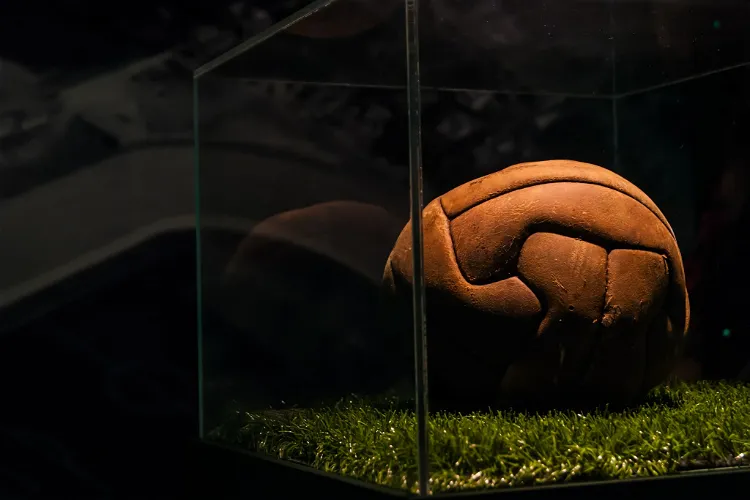
Brazilian Football Museum
Belo Horizonte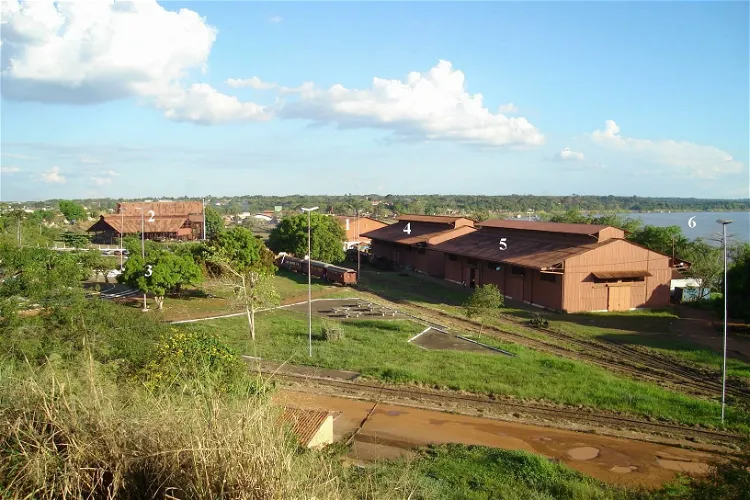
Museu da Estrada de Ferro Madeira-Mamoré
Porto VelhoThe Museu da Estrada de Ferro Madeira-Mamoré is a thematic museum located at Praça da EFMM in Porto Velho, Rondônia, Brazil. It is a significant historical attraction in the region, housing various exhibits that visitors can explore.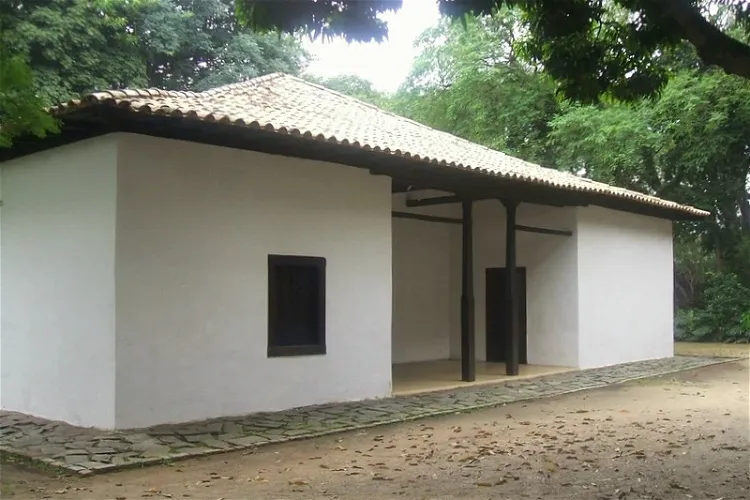
Casa do Bandeirante (Butantã)
São PauloThe Butantã House, also known as the Bandeirante's House, is a significant historical site located in the Butantã neighborhood of São Paulo. This building, constructed in the Bandeirista style, dates back to the Brazilian colonial period and serves as a representation of the typical rural dwelling models of São Paulo during that era.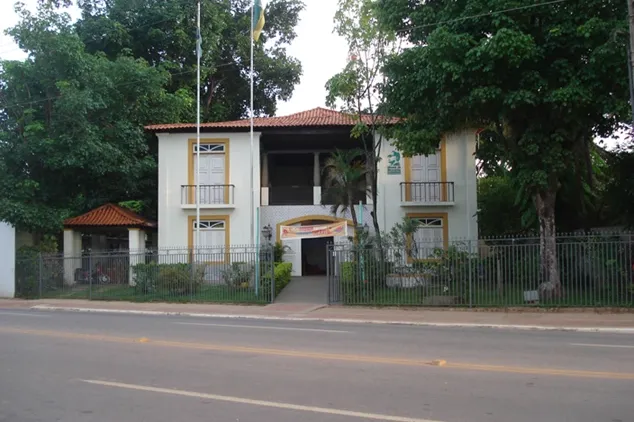
Museo del Caucho
Rio BrancoThe Museu da Borracha, or Rubber Museum, is situated in Rio Branco, the capital city of the Brazilian state of Acre. This museum is a public institution linked to the Elias Mansour Culture and Communication Foundation. It is a significant cultural and historical site that offers insights into the socio-economic history and material culture of Acre.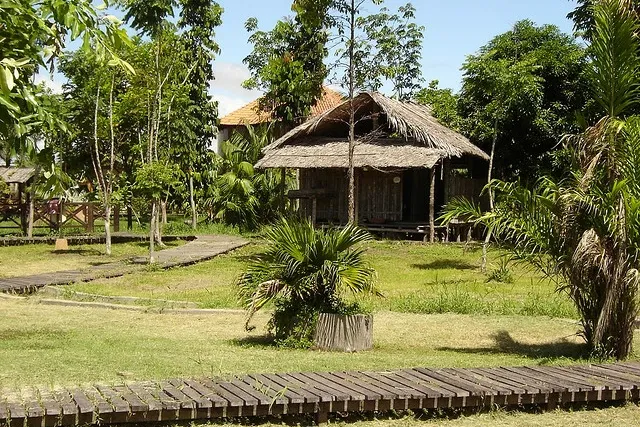
Museu Sacaca
MacapáMuseu Sacaca, officially known as Centro de Pesquisas Museológicas Museu Sacaca, is a cultural and scientific institution situated in Macapá, the capital city of the Brazilian state of Amapá. It is a significant cultural and scientific hub, as well as a popular tourist attraction in the city.
Gold Museum
SabaráThe Gold Museum is housed in a 17th-century house, showcasing architecture from the colonial period. This adds a unique historical charm to the museum, making it not just a place to view artifacts, but also a piece of history itself.
Cora Coralina House
GoiásThe Cora Coralina House Museum is a significant cultural institution in Brazil. It is situated in the city of Goiás, alongside the Red River. The museum's primary mission is to preserve and promote the work of the renowned Brazilian poetess, Cora Coralina. This location offers a unique opportunity for tourists to delve into the life and works of this influential literary figure.
Armory Museum Major Lara
Florianópolis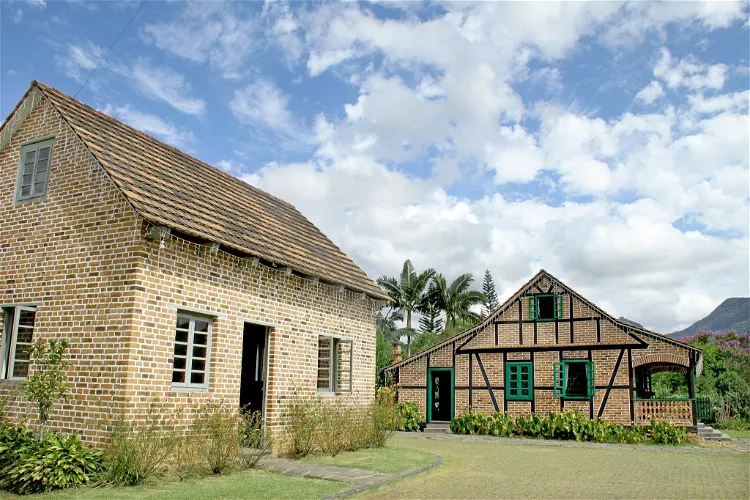
Immigrant House Museum Carl Weege
PomerodeThe Immigrant House Museum Carl Weege is a significant cultural site located in the city of Pomerode, Santa Catarina, Brazil. It offers visitors a unique opportunity to delve into the history and heritage of the region.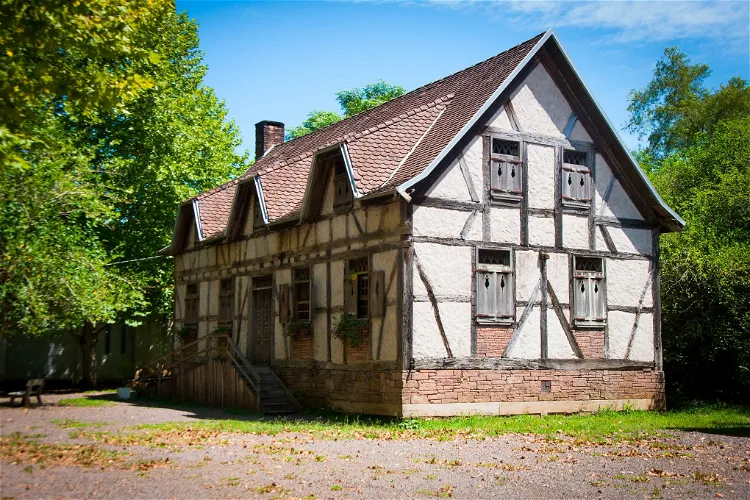
Núcleo de Casas Enxaimel
Ivoti